‘Smoking Kills’: An ode to the Club Bathroom shot at the namesake Melville Bar
About two weeks after they shot the story at Smoking Kills in Melville, the venue was asked to close due to residential neighbourhood noise complaints, even after efforts were made to soundproof, remove speakers and stop outdoor events. This sparked uproar amongst the local patrons and as a result a petition, which can be viewed here, started to circulate among queer artists, musicians, and regulars who’ve long considered it a home. “The timing lends the project a quality that we didn’t anticipate, but one that now feels necessary to share as a story of Johannesburg’s disappearing third place. The work sits at the intersection of fashion, urban memory, and resistance”, they share.
Cebo Mtshemla goes on, “These images were shot in the Smoking Kills bathroom as it was a very obvious story for us to tell. We wanted to document traditional third place activities in our actual third place. Chris, the owner, and his amazing team let us in there the whole day and now, two weeks after shooting, we are signing petitions to keep this space open.
When asked about the primary inspiration behind this photographic editorial, they shared, “We’re friends that happen to be creative and naturally wanted to create together. We are young creatives working for other people and wanted a second to make something of our own. In admiration of Johannesburg party culture, the story leads with an editorial shoot, captured entirely on film, focusing on South African streetwear, styling, and subcultures. Casting real party people. The Club Bathroom is the Real Main Stage, a love letter to femmes, queers, girlhood, partying.”

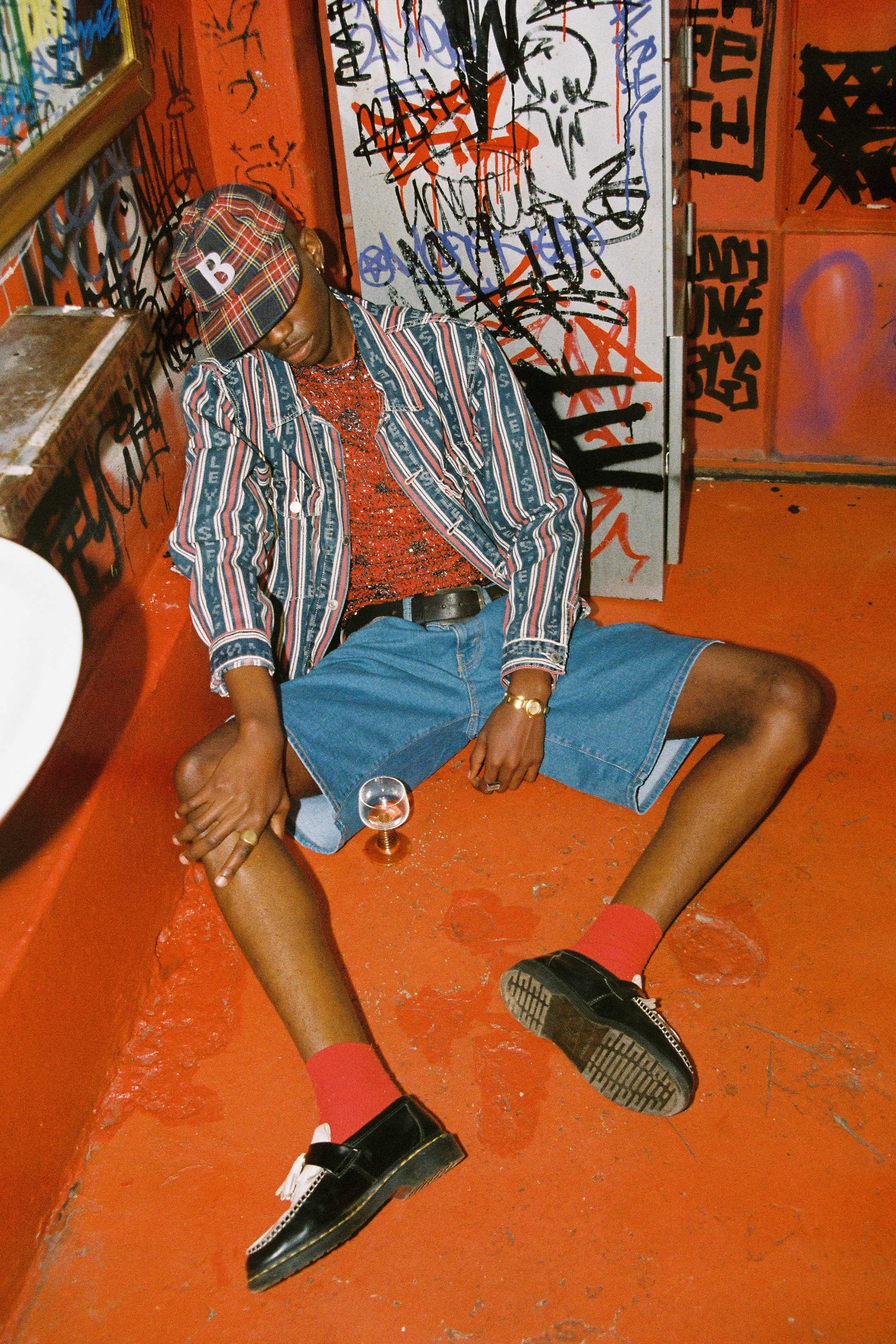
Liso shares, “Third spaces are where connections are formed. Film club is one of those spaces, although going to a cinema has gotten expensive. It’s nice to meet up with people or friends who care about films and discuss them over dinner.”
Cebo adds, “The idea of this shoot was to put traditional third place activities in our actual third place. I listen to stories of ice cream dates my parents went on at Marcel’s or movie weekends. And while Bioscope with friends and hikes is still on itineraries for many young people, parties are just as much and oftentimes feels the most intimate. Even more so, when you have a moment of quiet. Which will most likely be in the bathroom.”
The Club Bathroom is the Real Main Stage is a fashion editorial celebrating Johannesburg’s party culture, femininity, queerness, and youth expression through the lens of the club bathroom. The piece is being developed alongside a short film titled ‘These Things Happen (in a Club Bathroom at 2AM)’. Each project lives independently but speaks to a shared visual and cultural universe.
Bathrooms are not just transitional spaces. They are often, especially in nightlife scenes, spaces of softness, true intimacy, transformation, confession, reconnection.
In their words, “This piece is a love letter to that experience.”
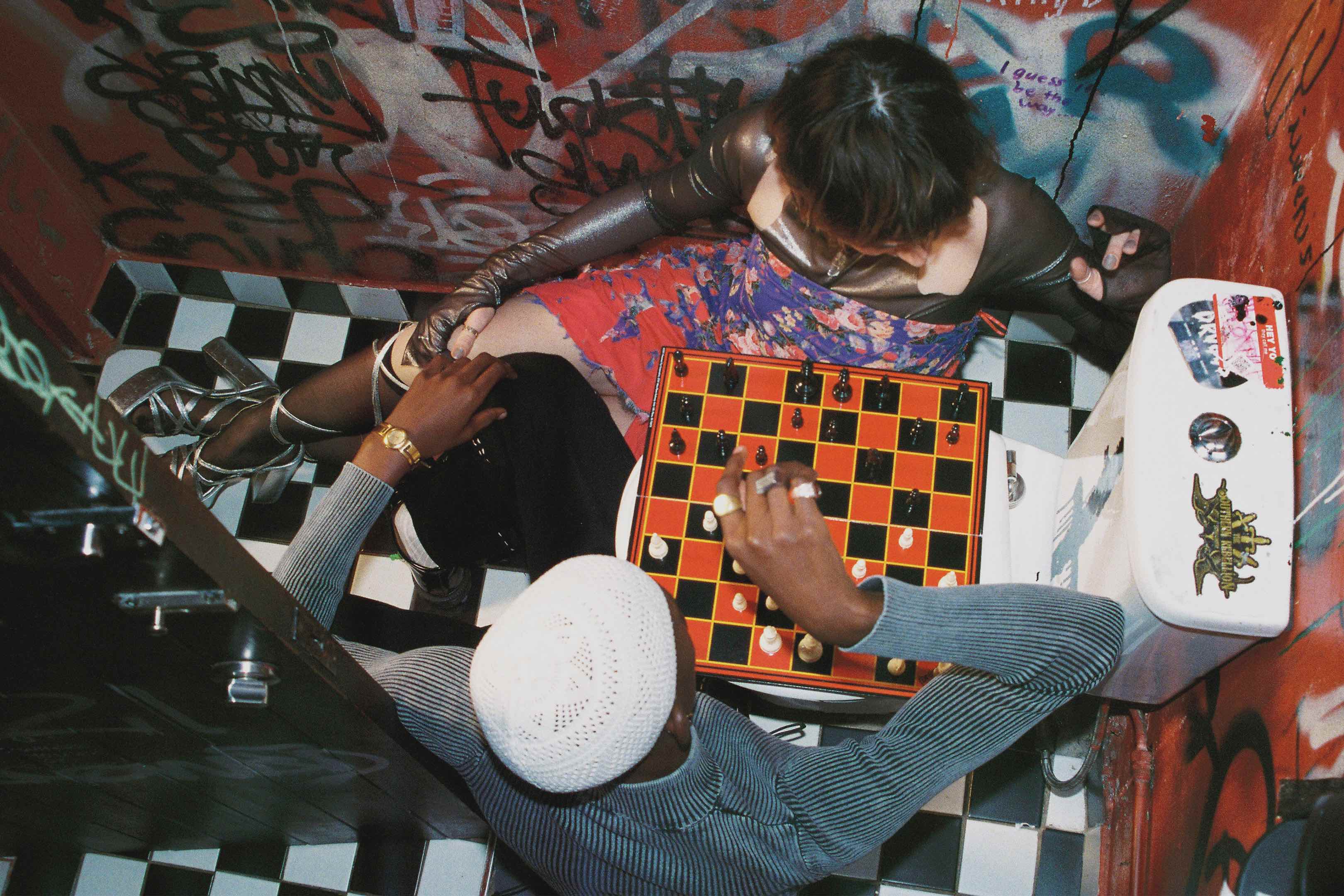
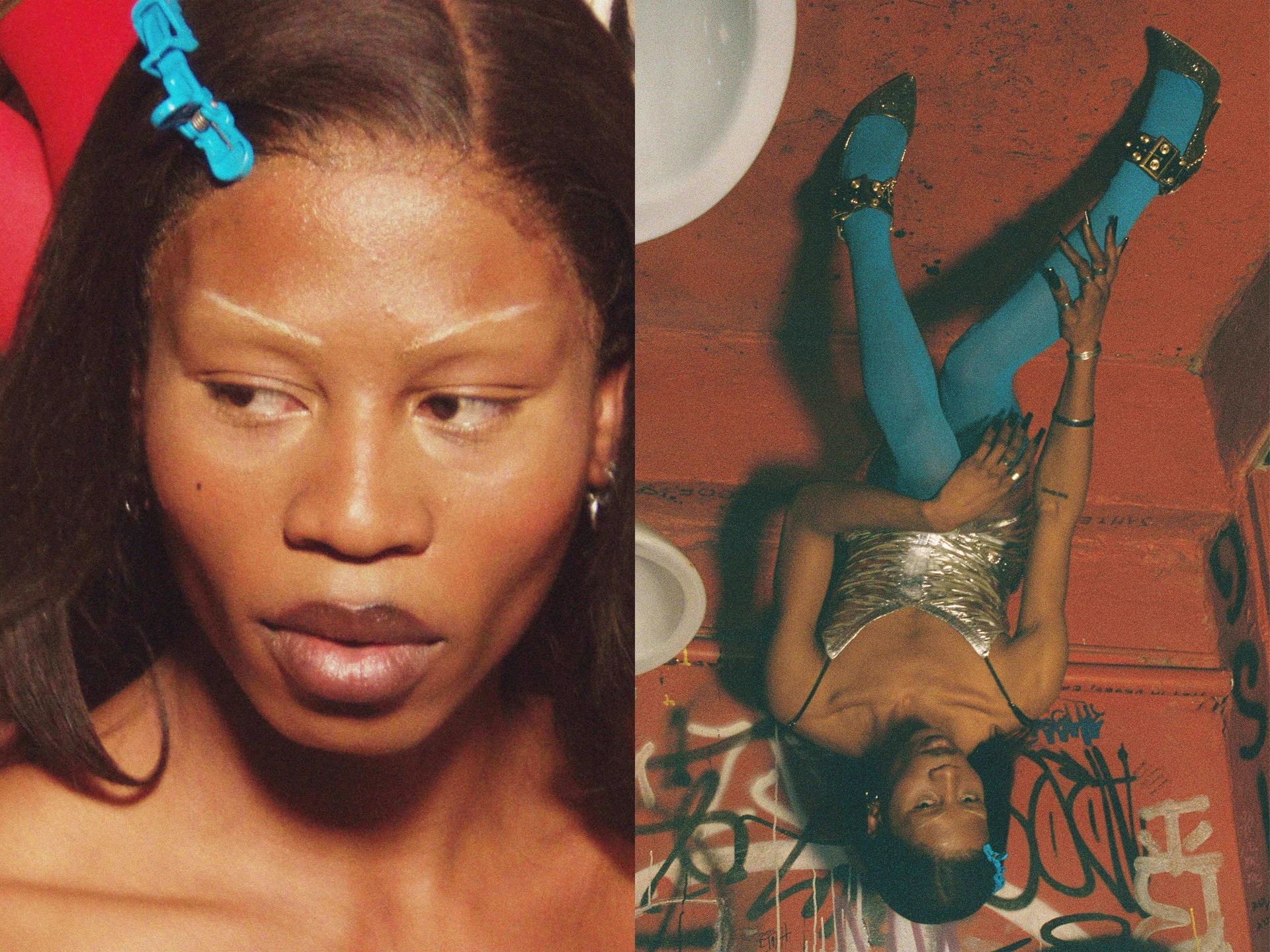
Photographer, Langa, continues: “We put this project together to try to amplify the importance of bringing people together and amplify these somewhat intimate moments we share with each other. Smoking Kills is important. Joburg party culture is important. And often these left of field spaces, which are slightly obscure, don’t get enough attention. We need the next generation to keep these spaces alive.”
“As a queer person, I appreciate SK how this establishment fosters a judgment-free zone, allowing people to let loose and be themselves. The bathroom, in particular, became a spot where I’d catch up with old friends and make new ones, adding to the venue’s charm.” – Liso
When asked about some of the key visual inspirations behind the making of the imagery, Liso says, “Scanned ad campaigns from old magazines, specifically from the beginning of the 21st century and the dawn of the indie scene of the early 2010s.”
The film treats the club bathroom as a third place where people are briefly allowed to be fully themselves. In this room, people fix their makeup, tell secrets, cry, flirt, breathe, fall apart and come back together. It’s where connection happens in the middle of loudness and where relationships can be fostered.
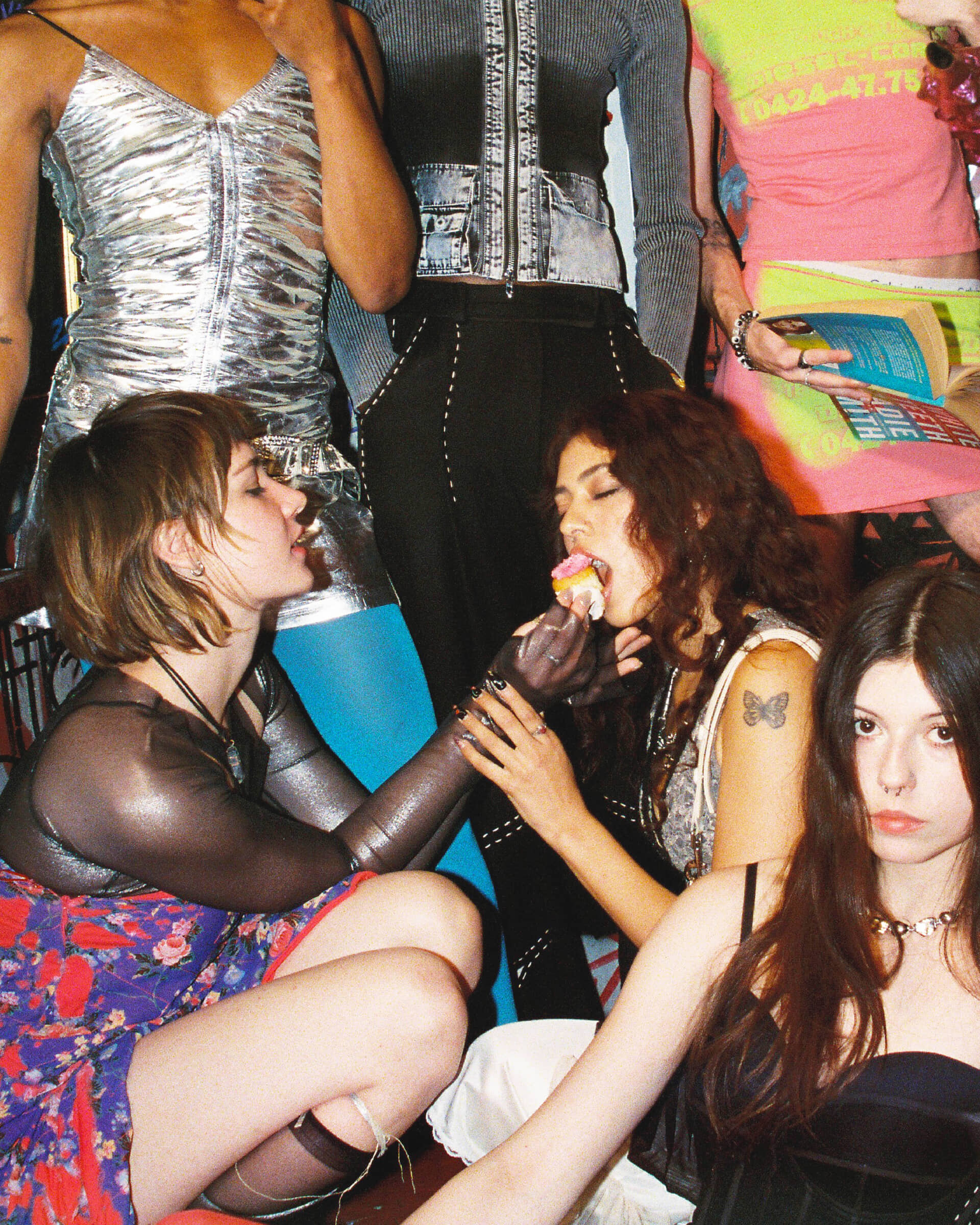
Art Direction and Styling by Cebo Mtshemla and Liso Ceza, Photography by Langelihle Bulose

CREDITS
Art Direction and Styling: Cebo Mtshemla and Liso Ceza
Photographer: Langelihle Bulose
Lighting and Photographer Assistant: TK
Muses: Thatohatsi Kuwane, Kim Huysamer, Madison Day, Sisipho Madubela, Nathan Brand, Kiran Singh
Fashion: Viviers, Diesel South Africa, Levi Strauss, Kiran Singh
Accessories: Broke, Lab Grown Studio
Location: Smoking Kills Bar, Johannesburg, South Africa
Special Thanks: Chris and SK Team
For more news, visit the Connect Everything Collective homepage www.ceconline.co.za

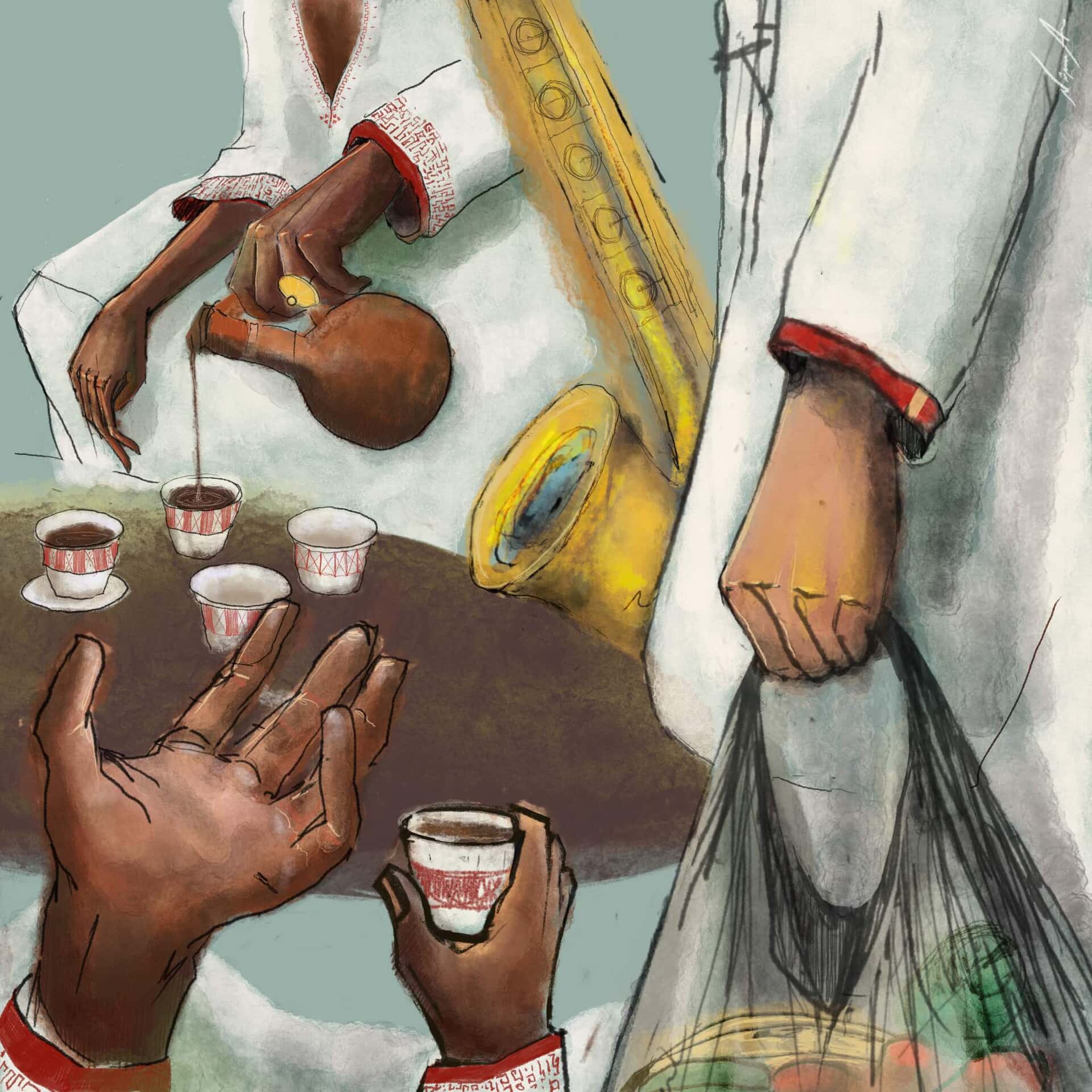
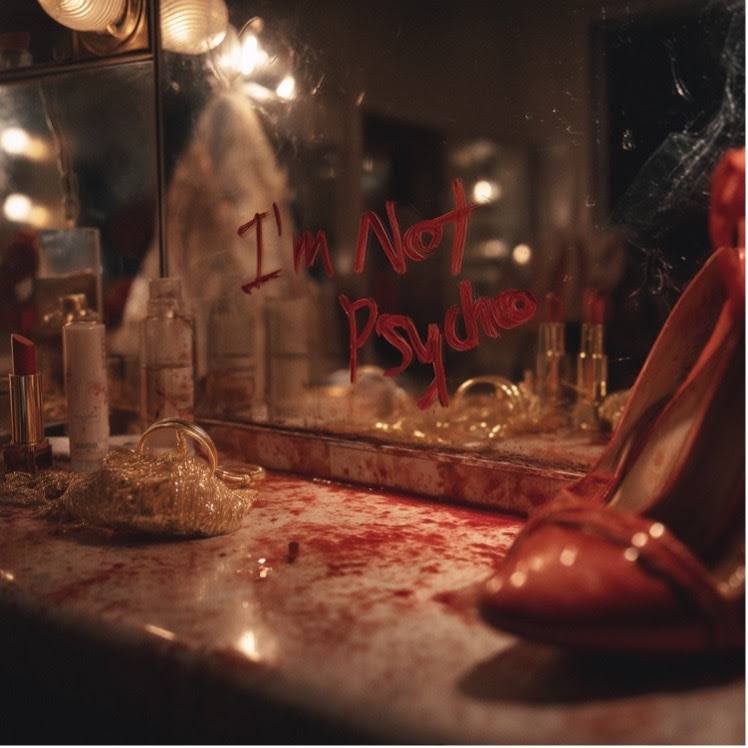


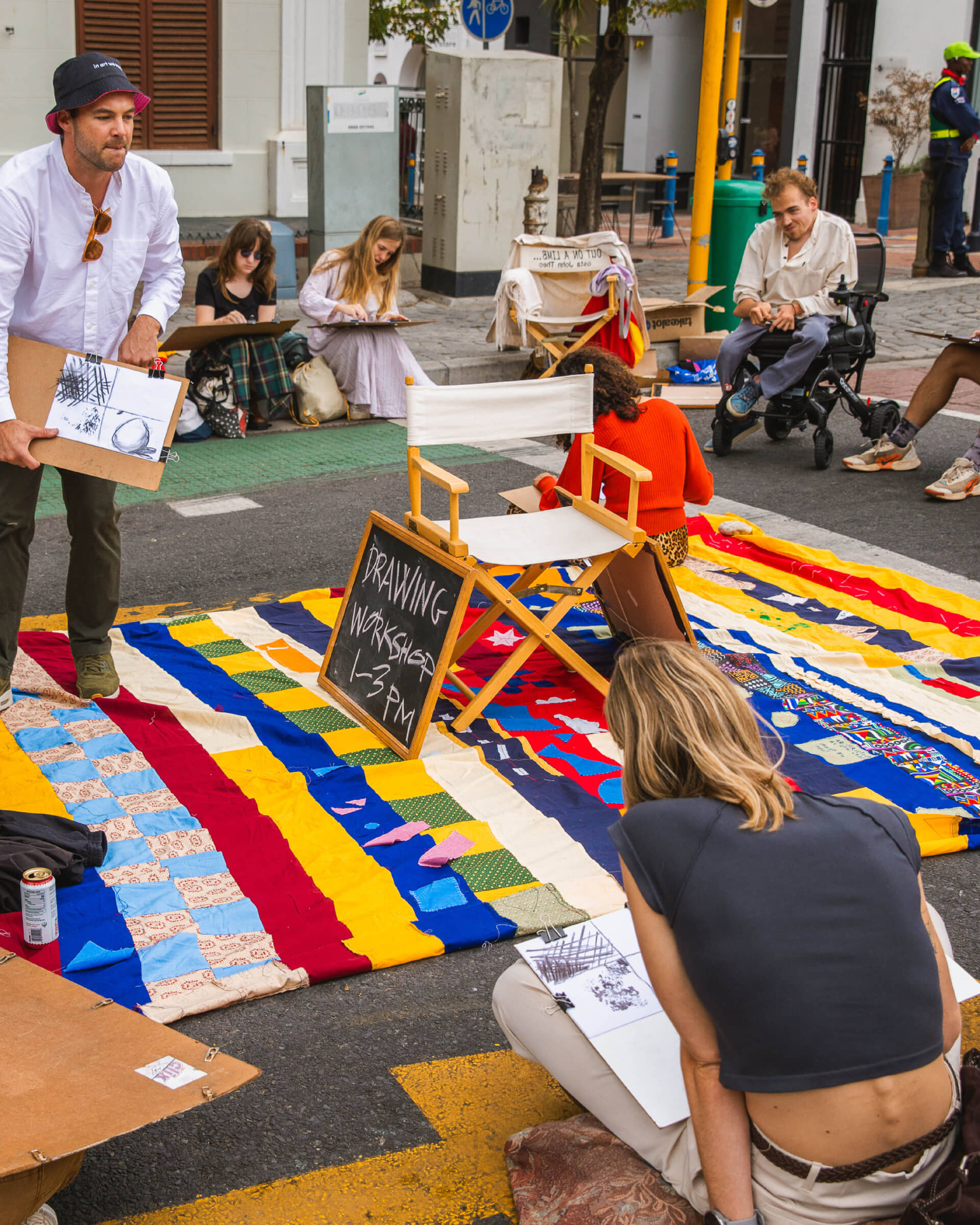

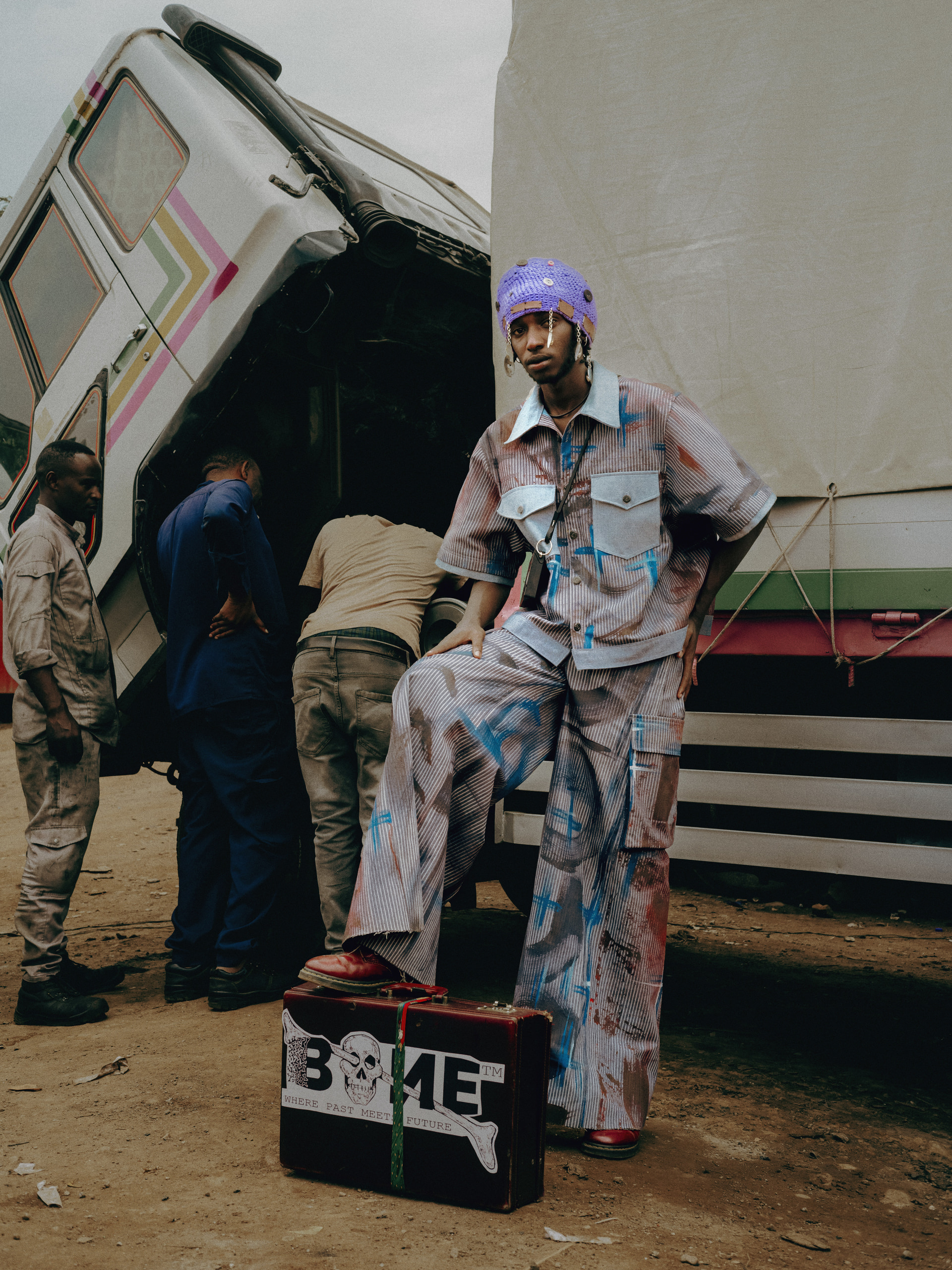
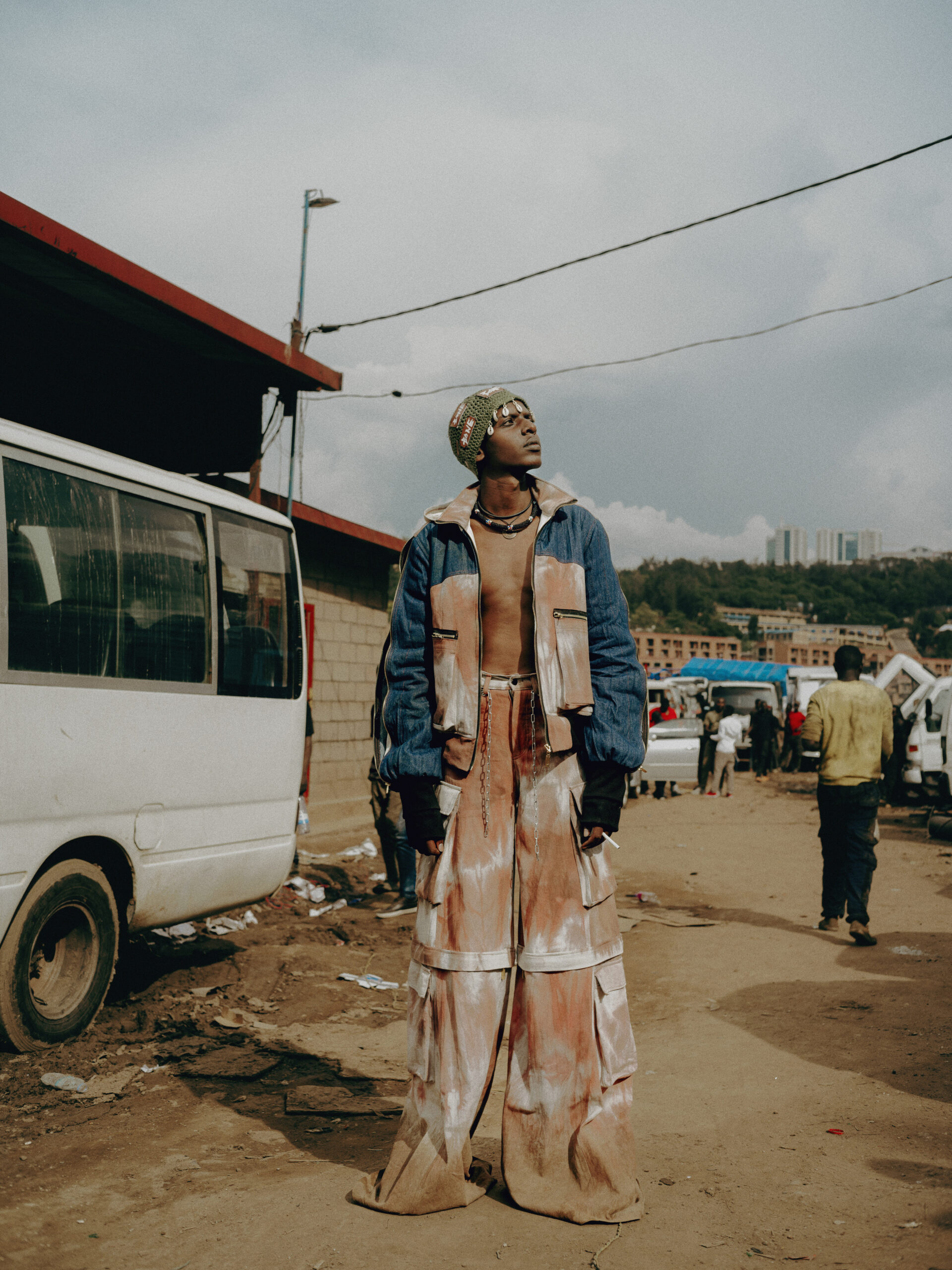


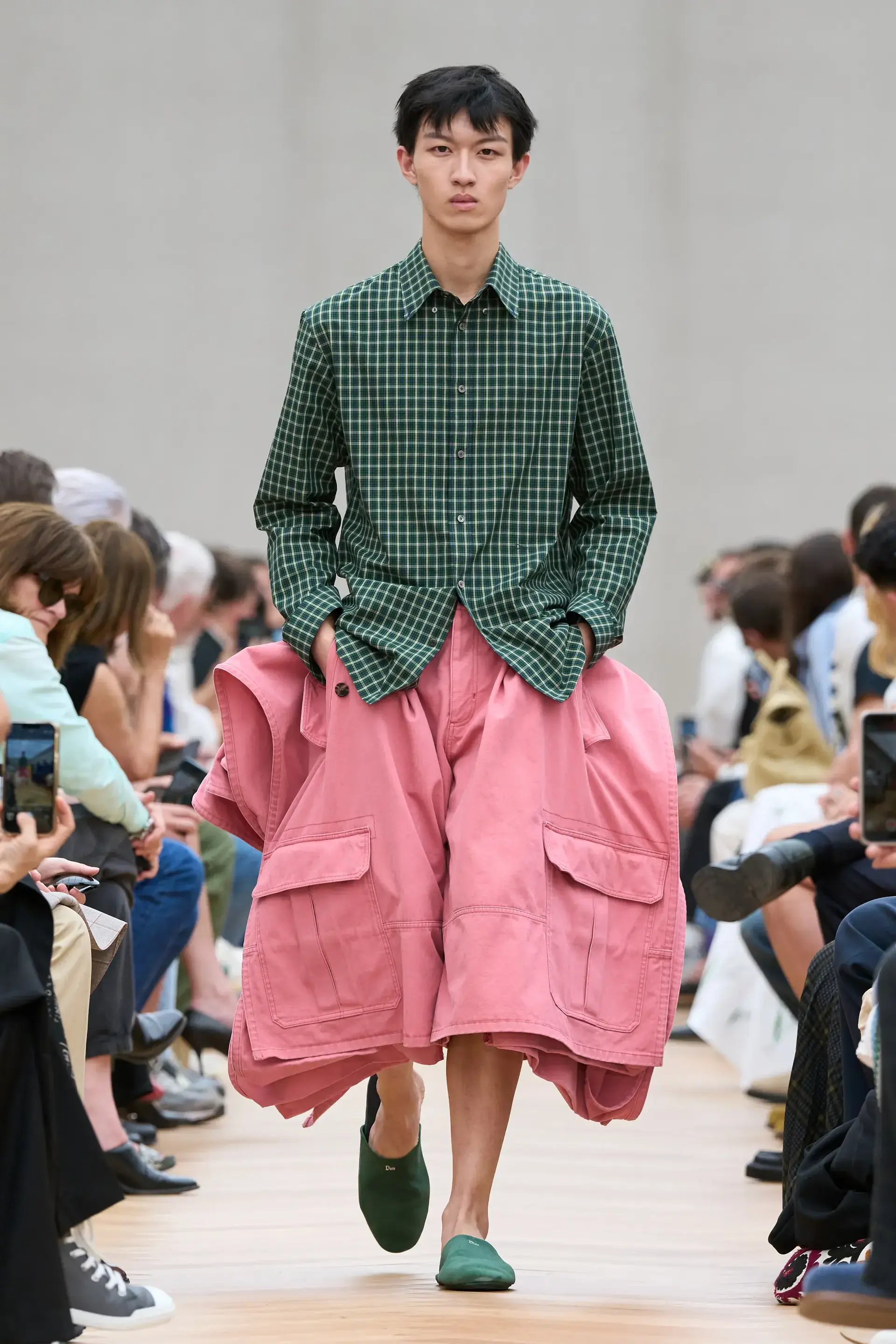
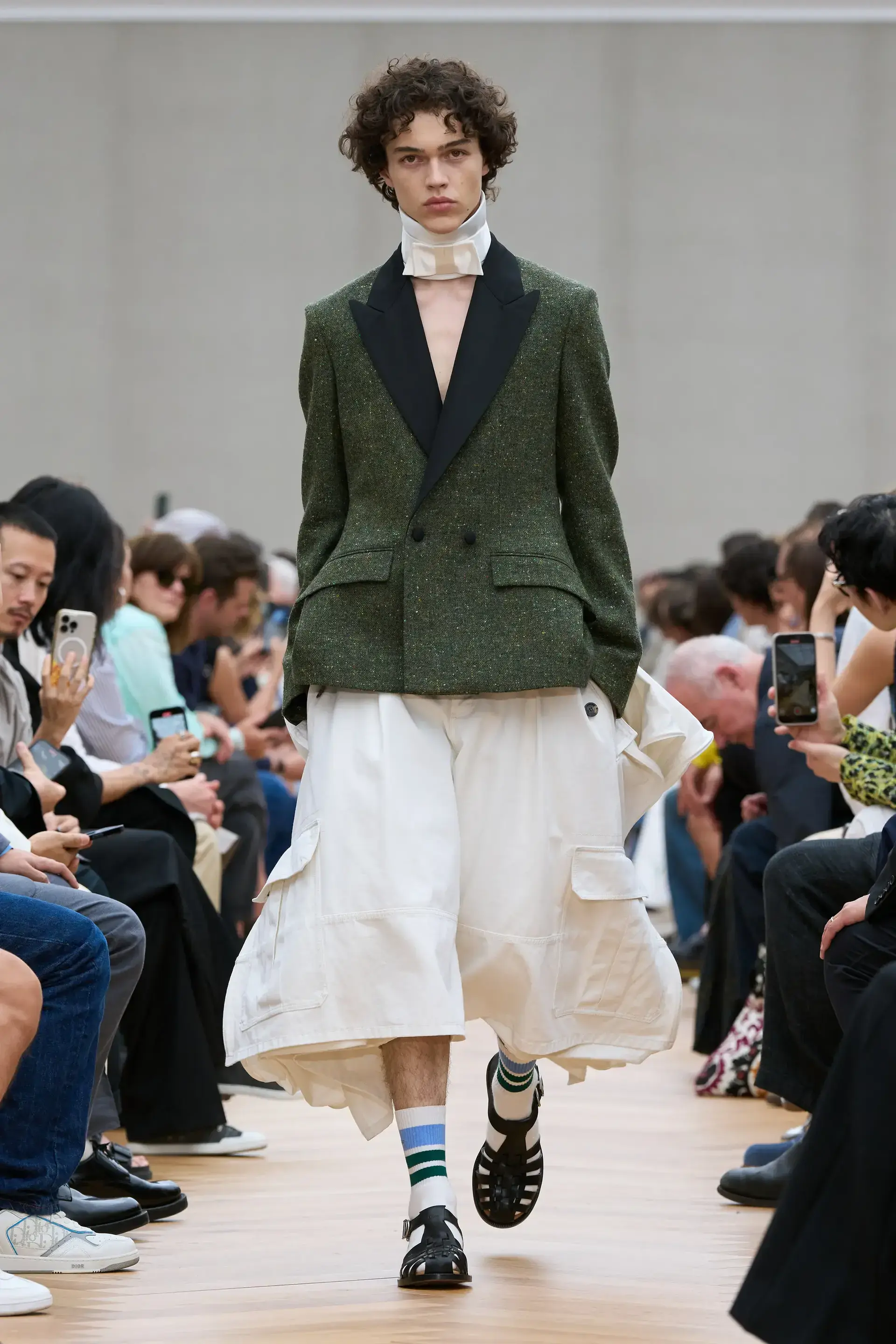
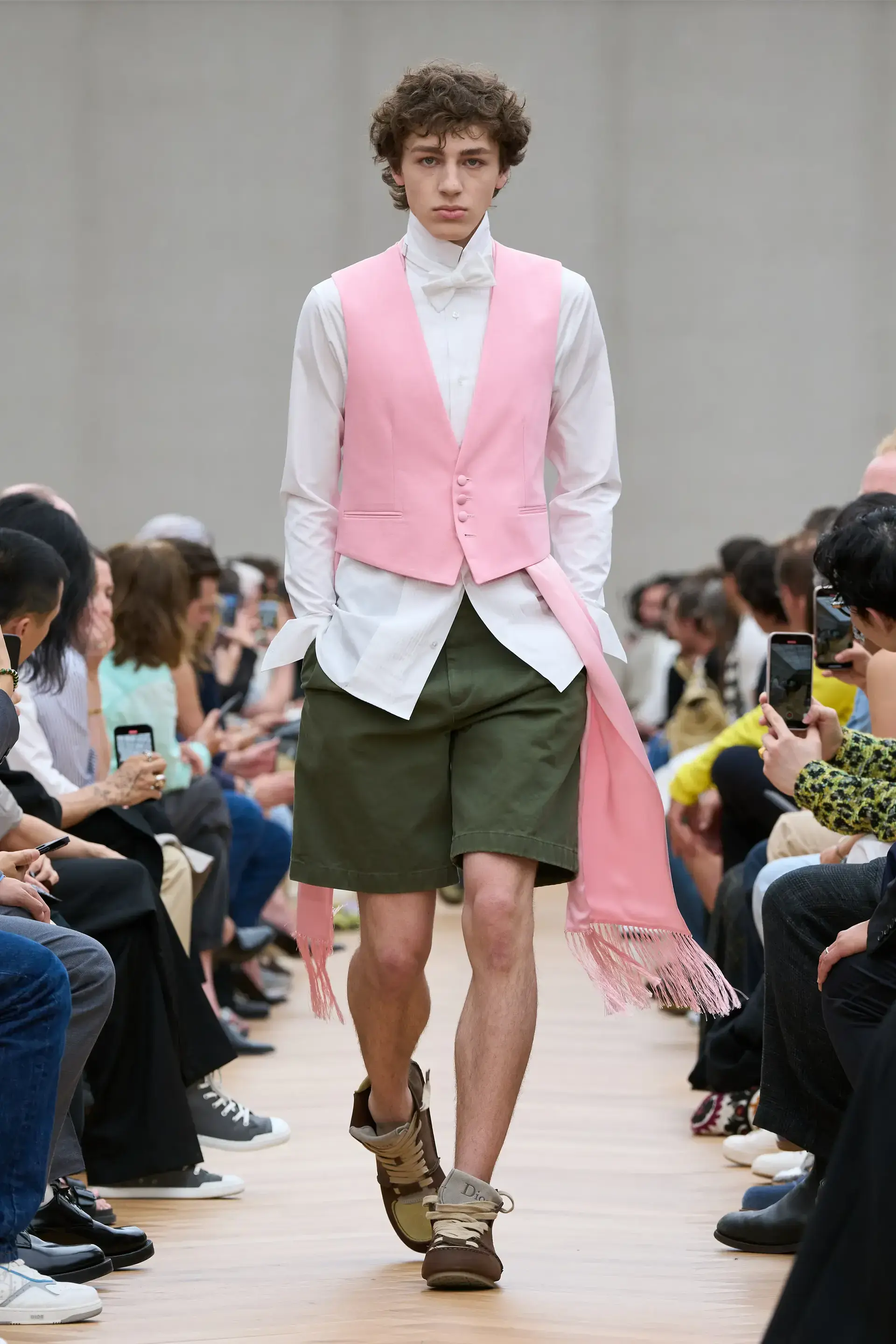


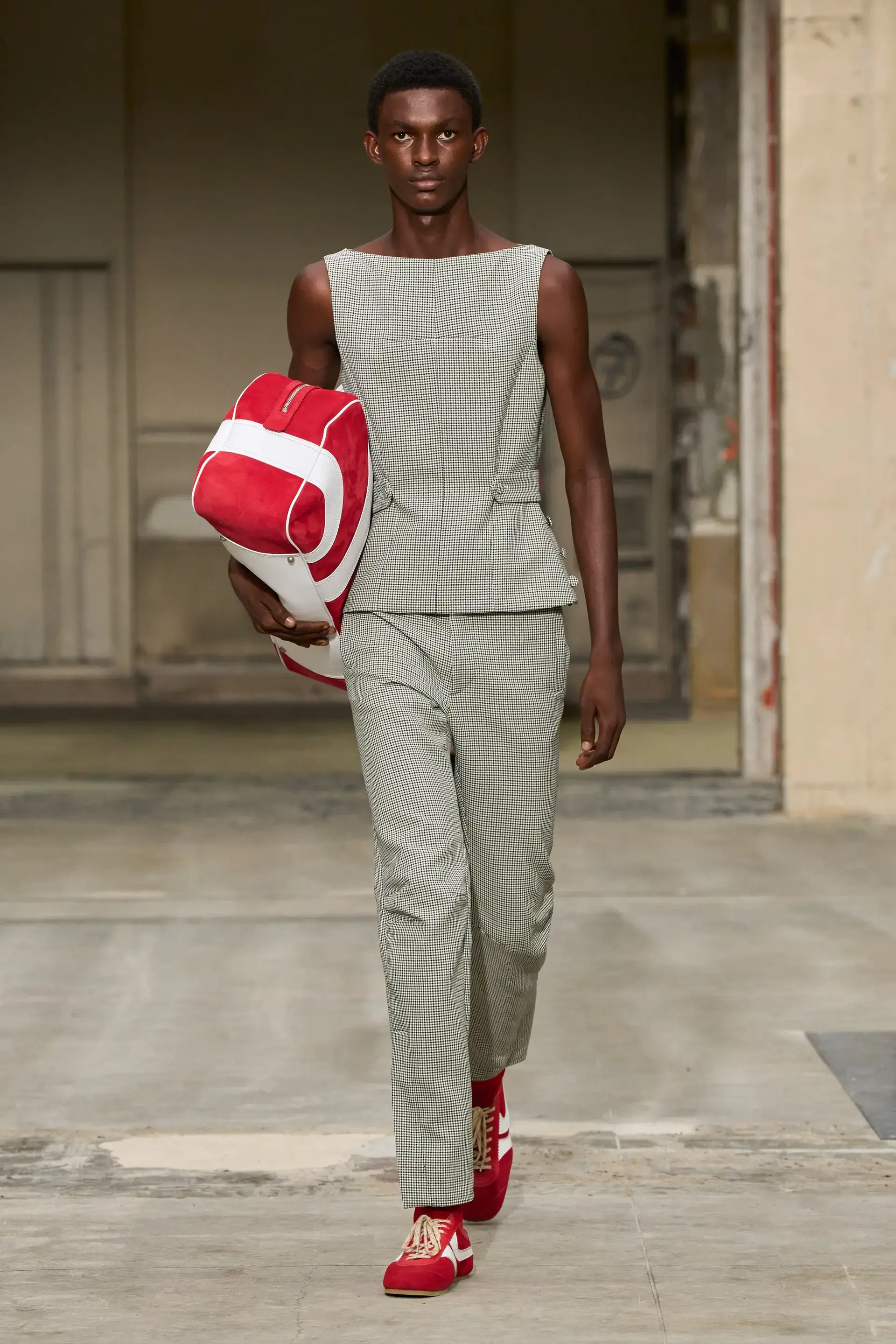
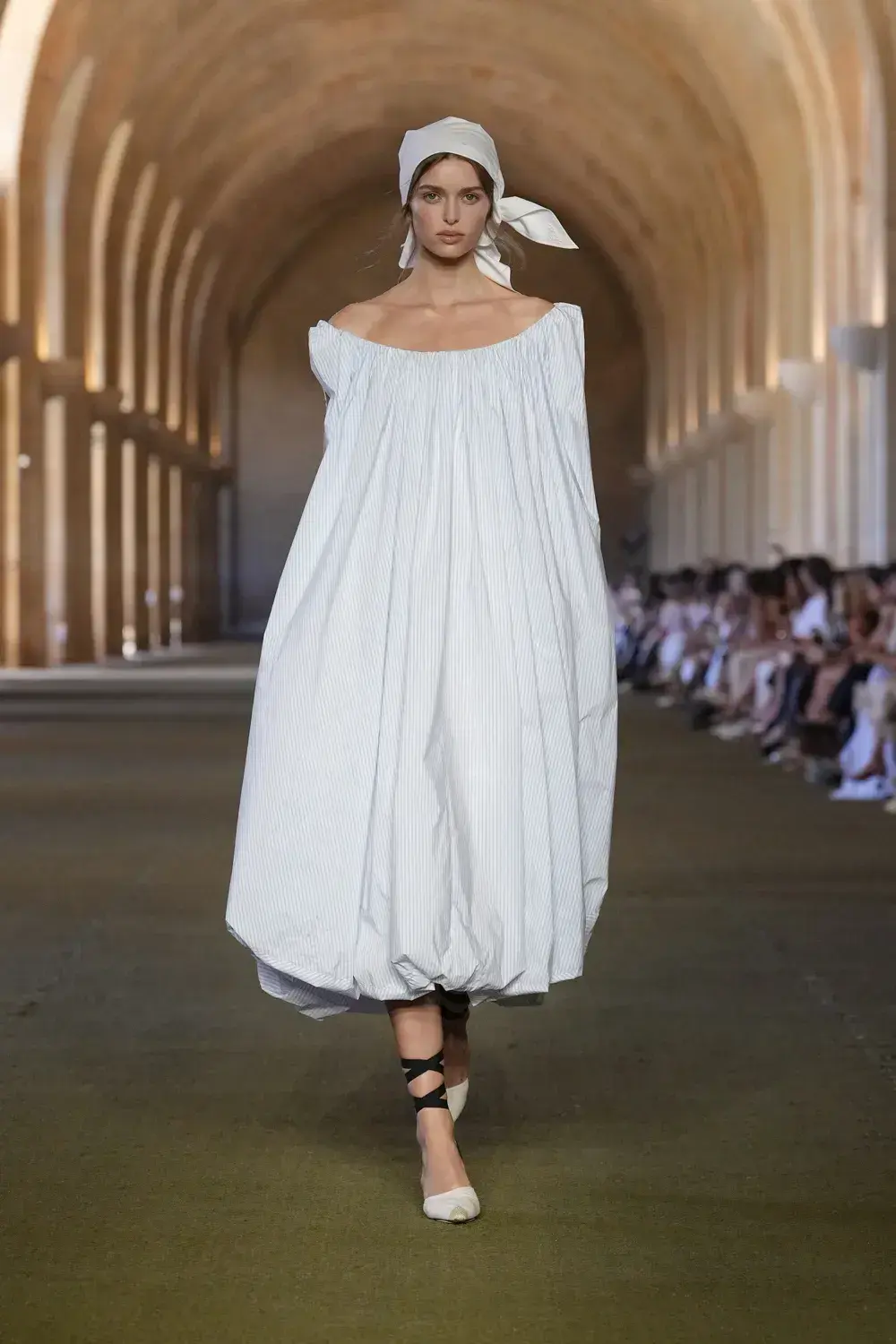
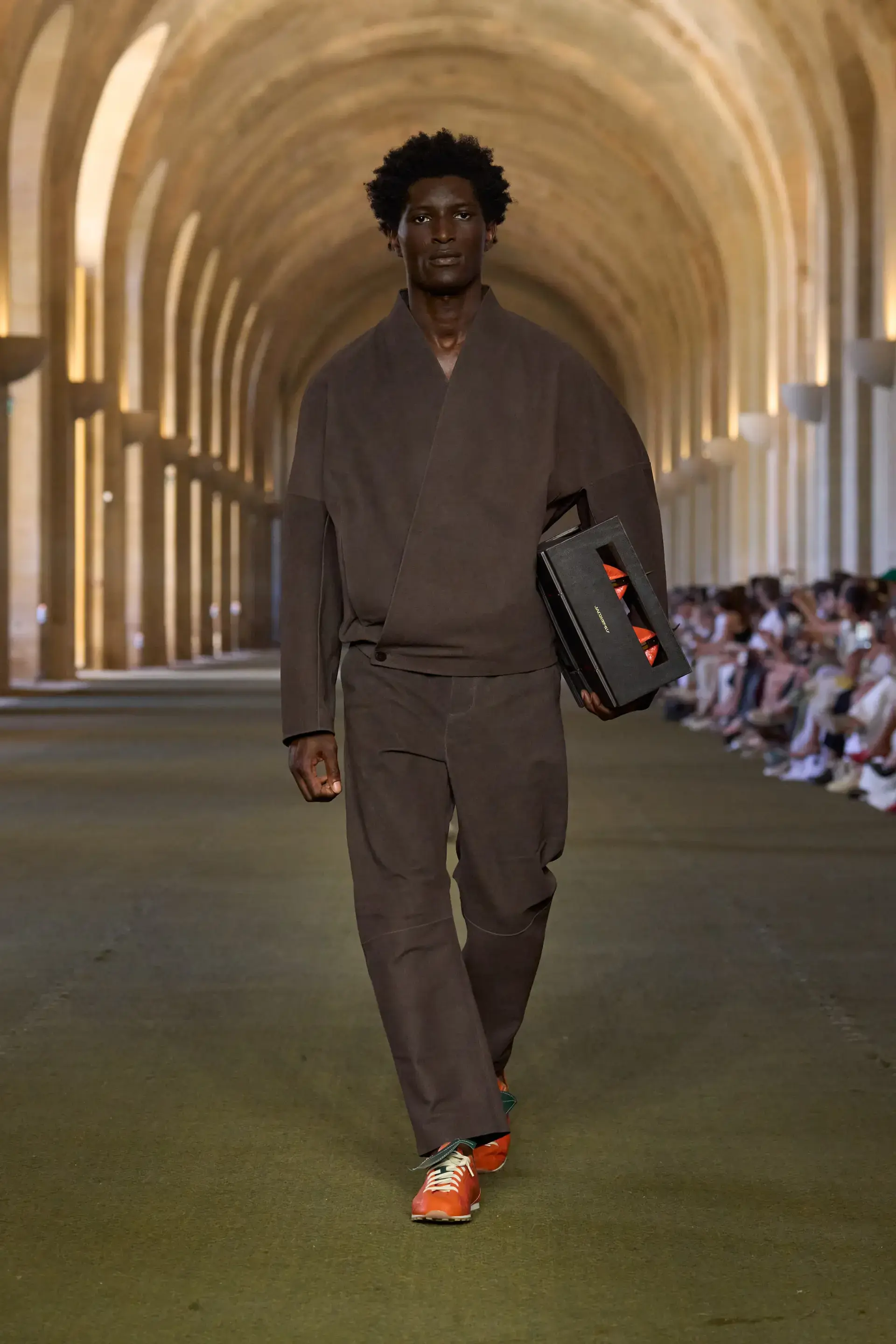
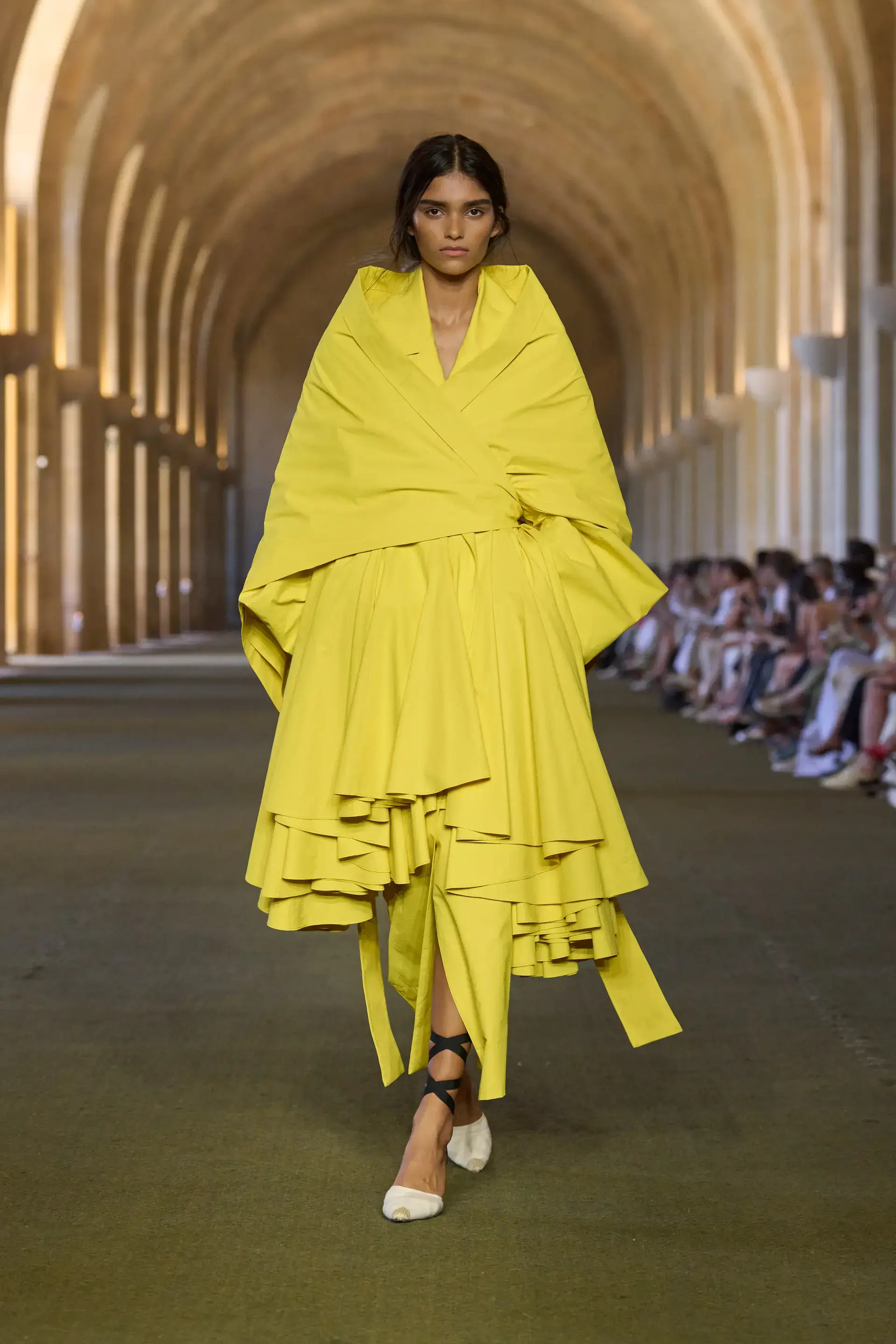
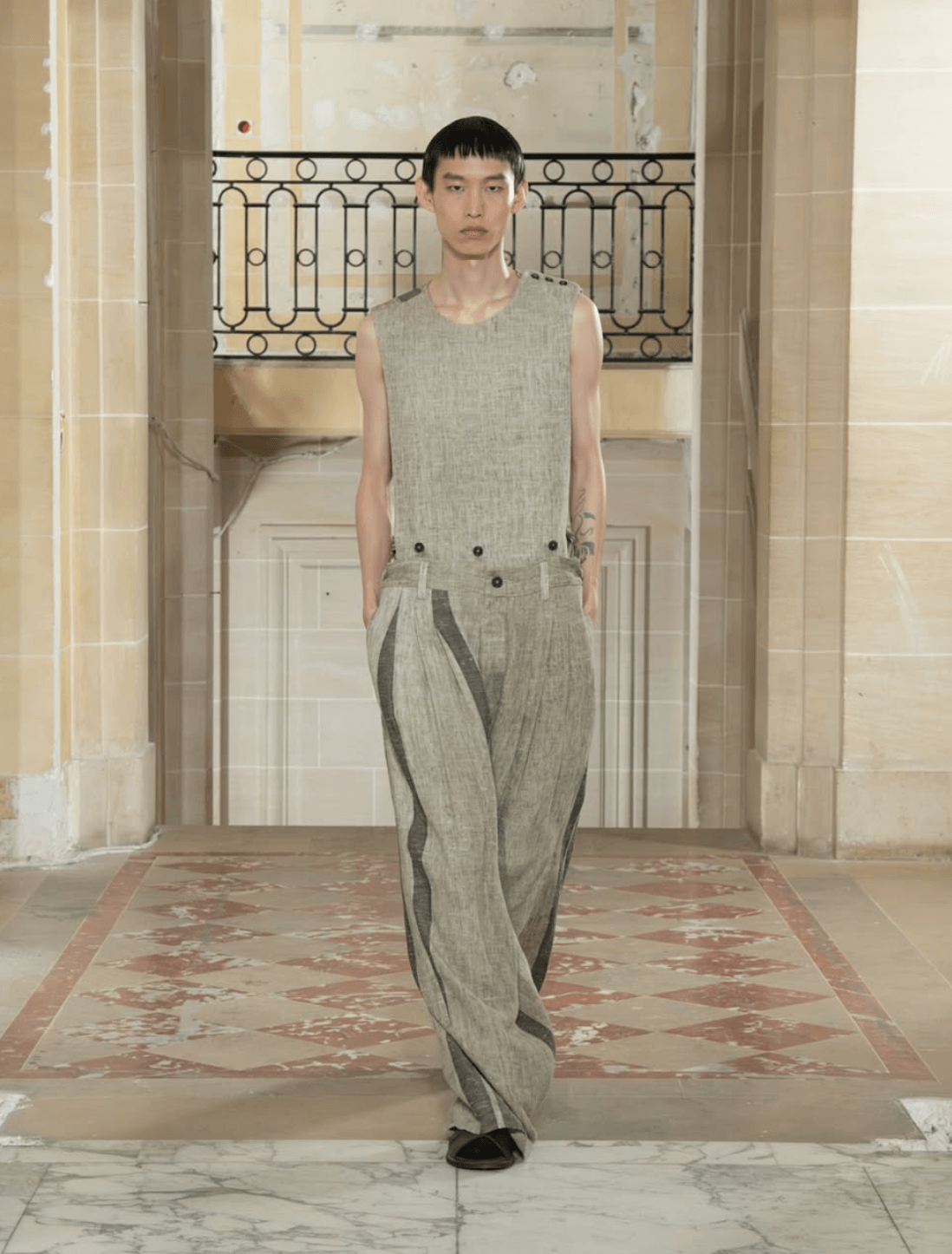

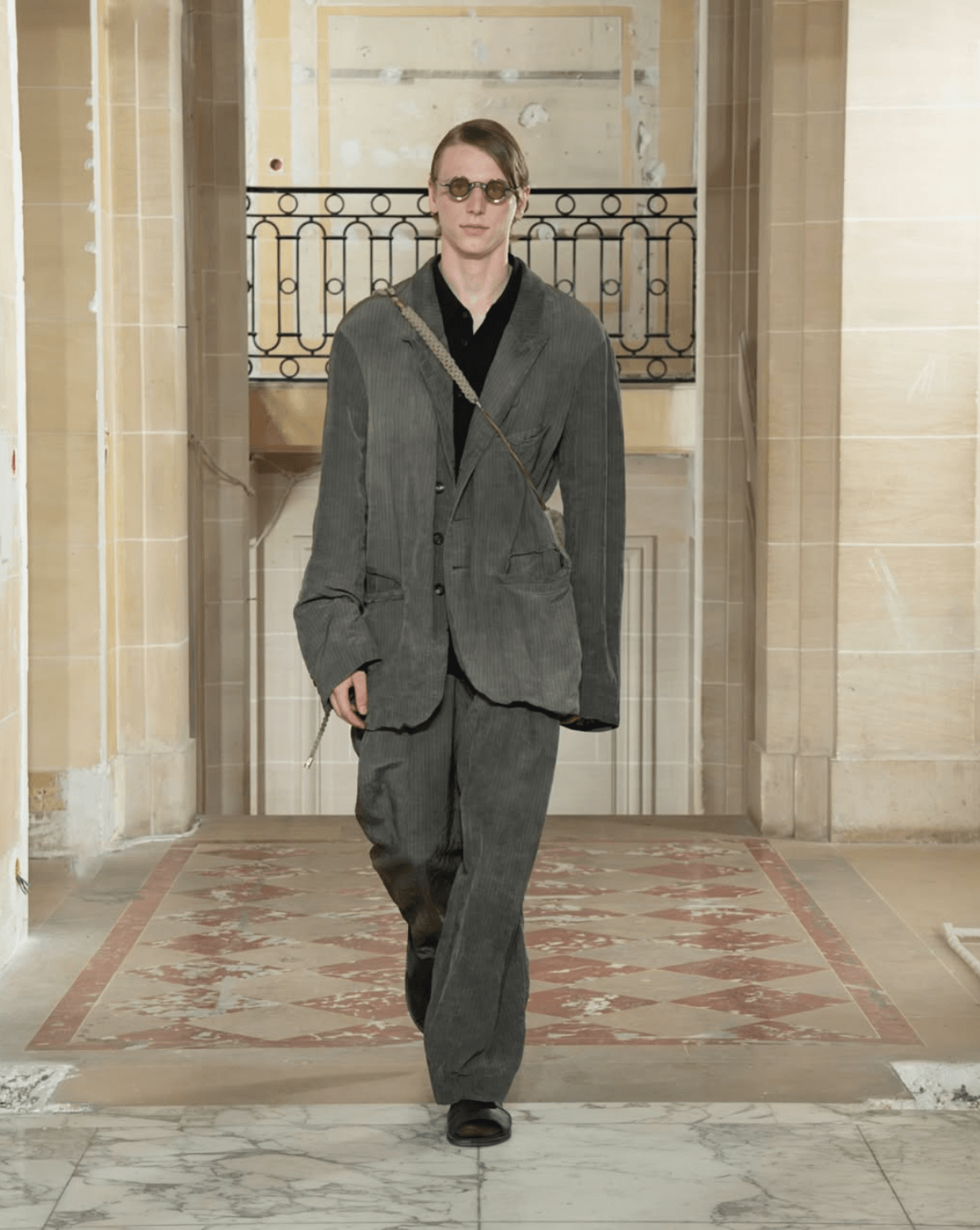
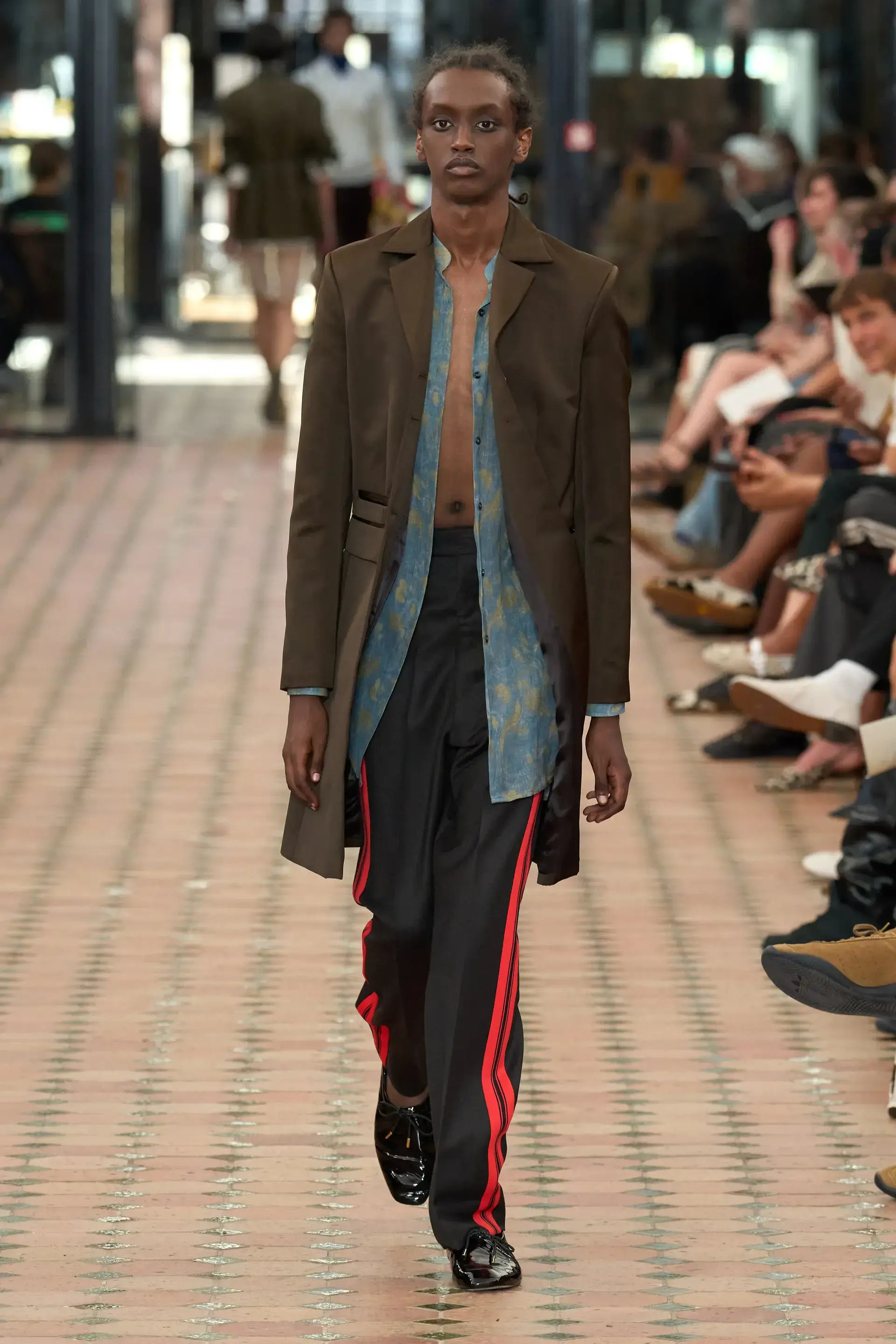

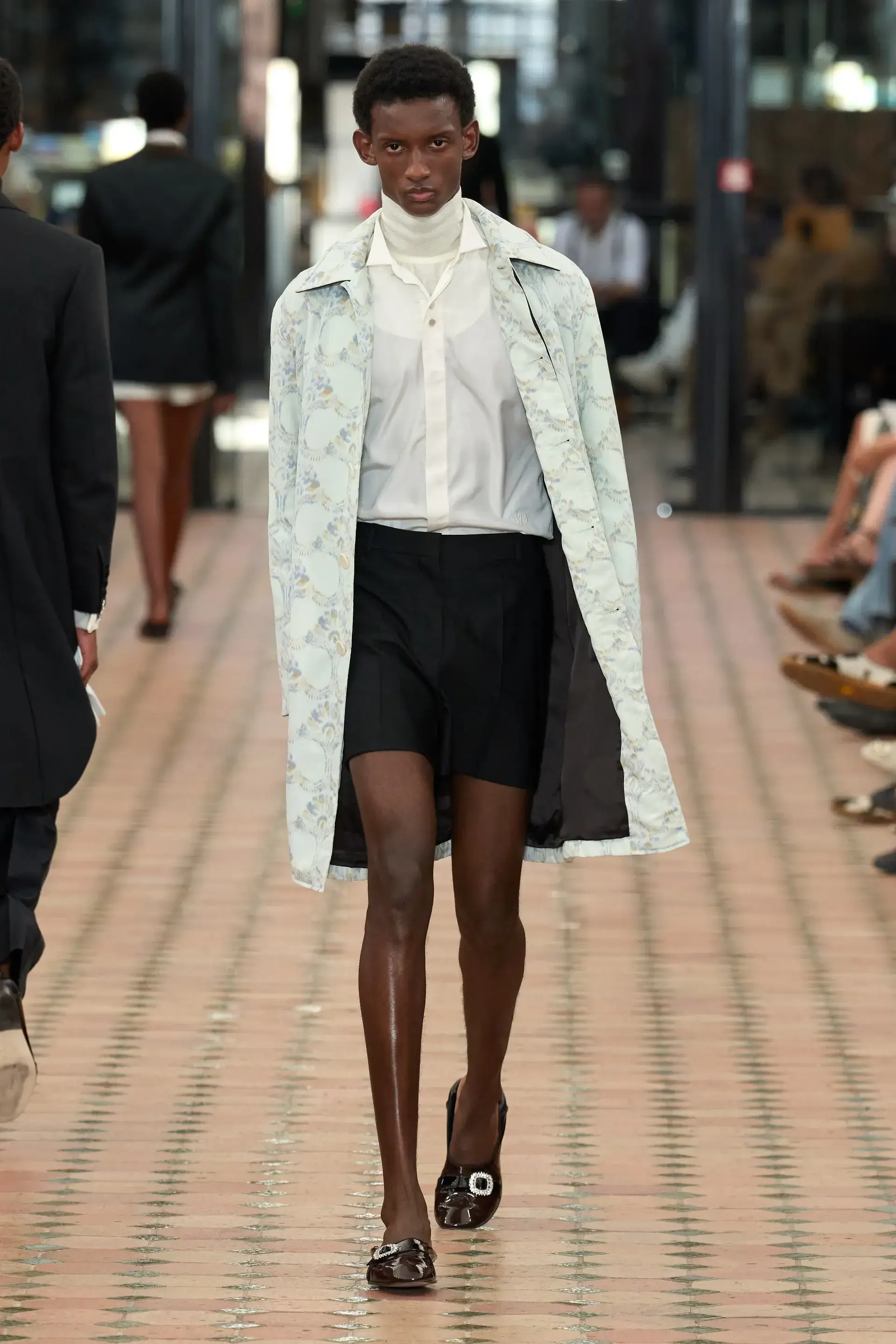
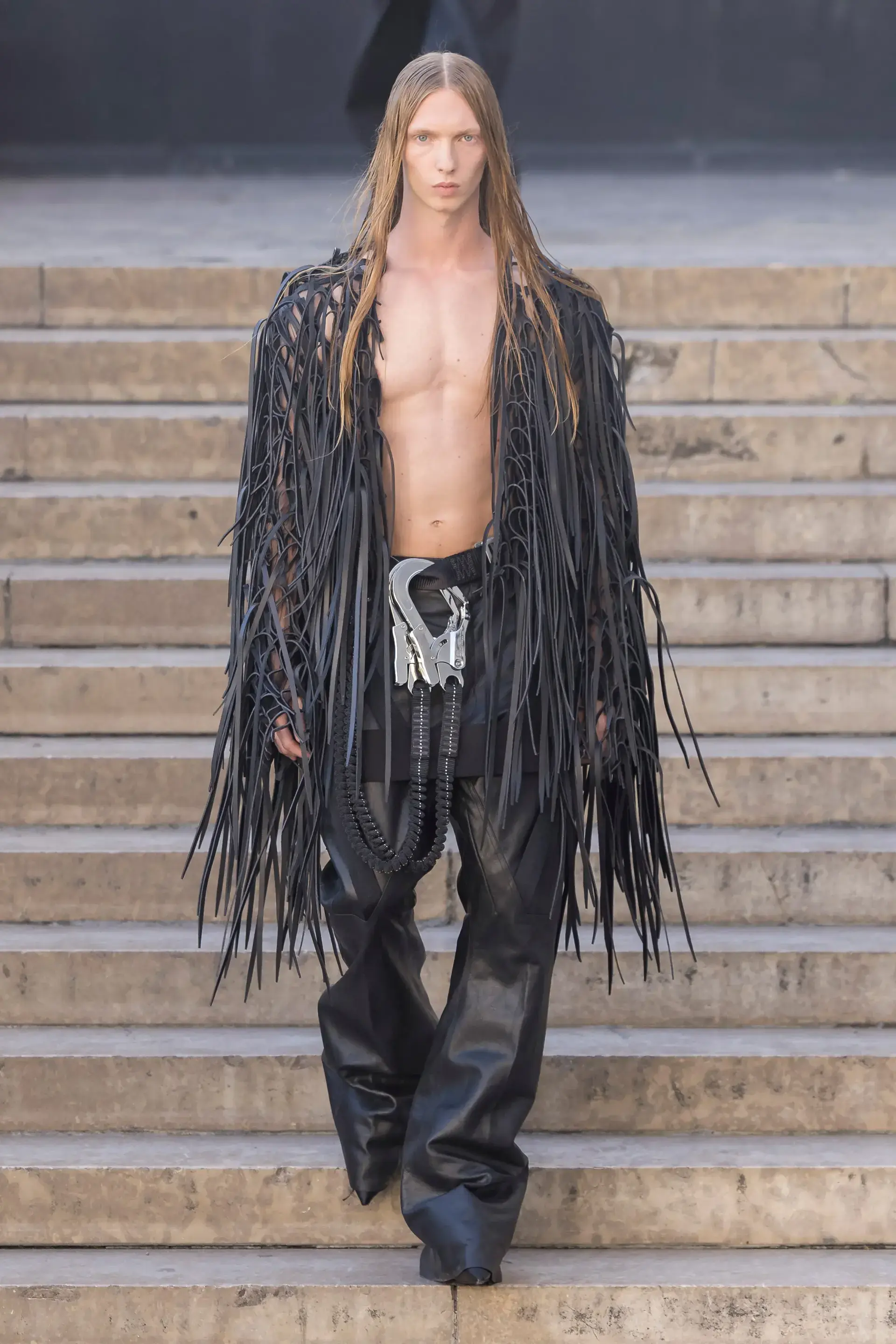
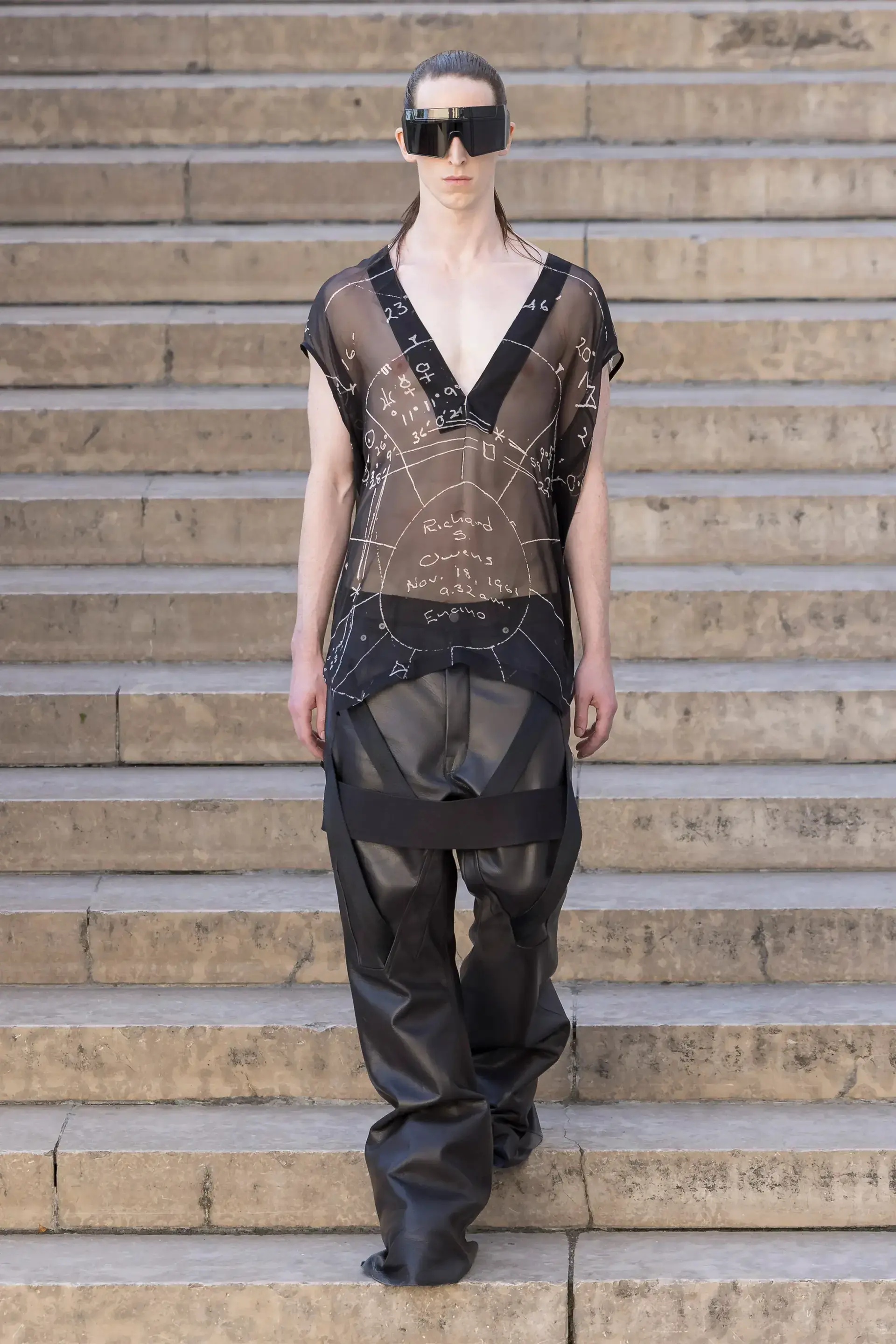


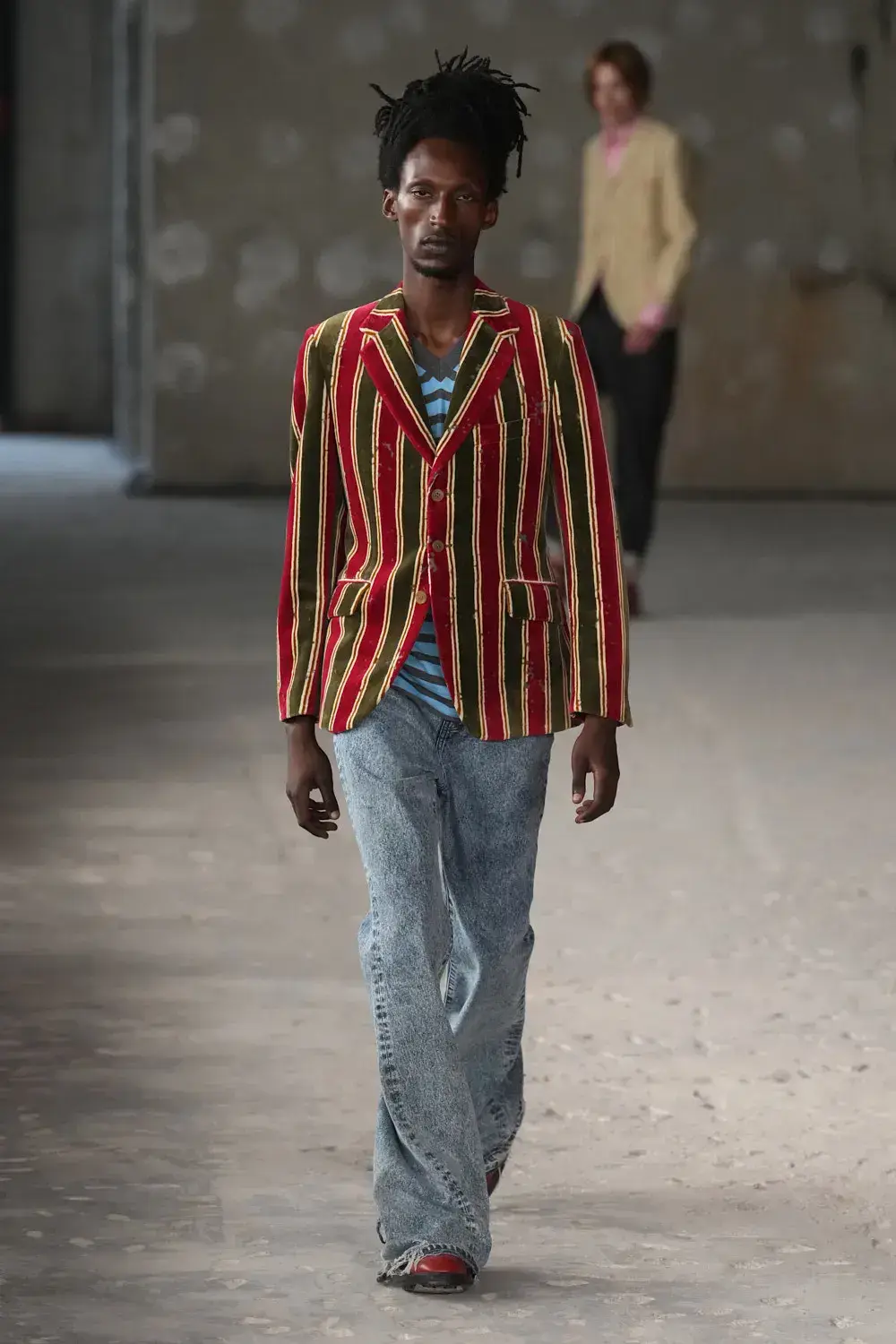
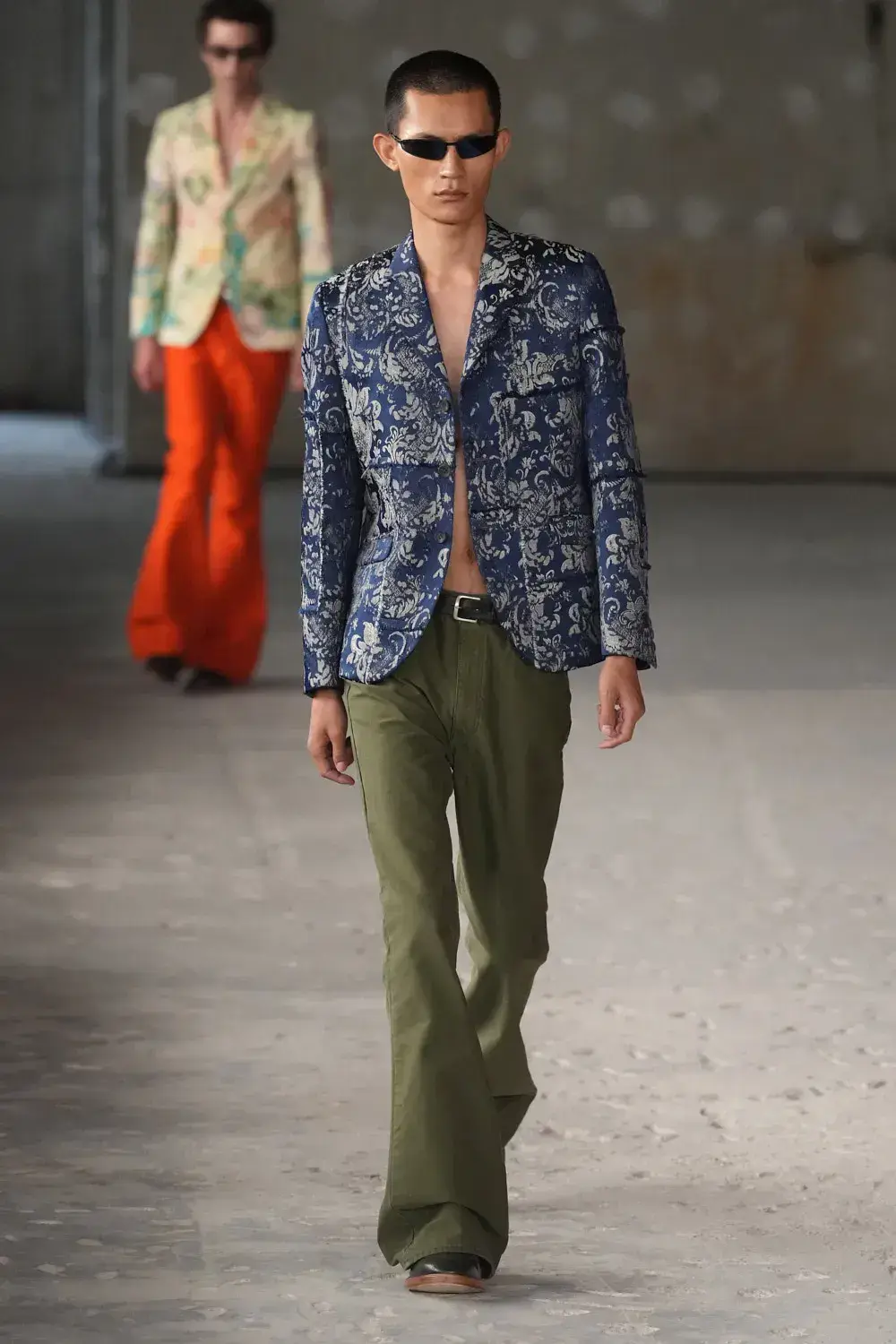
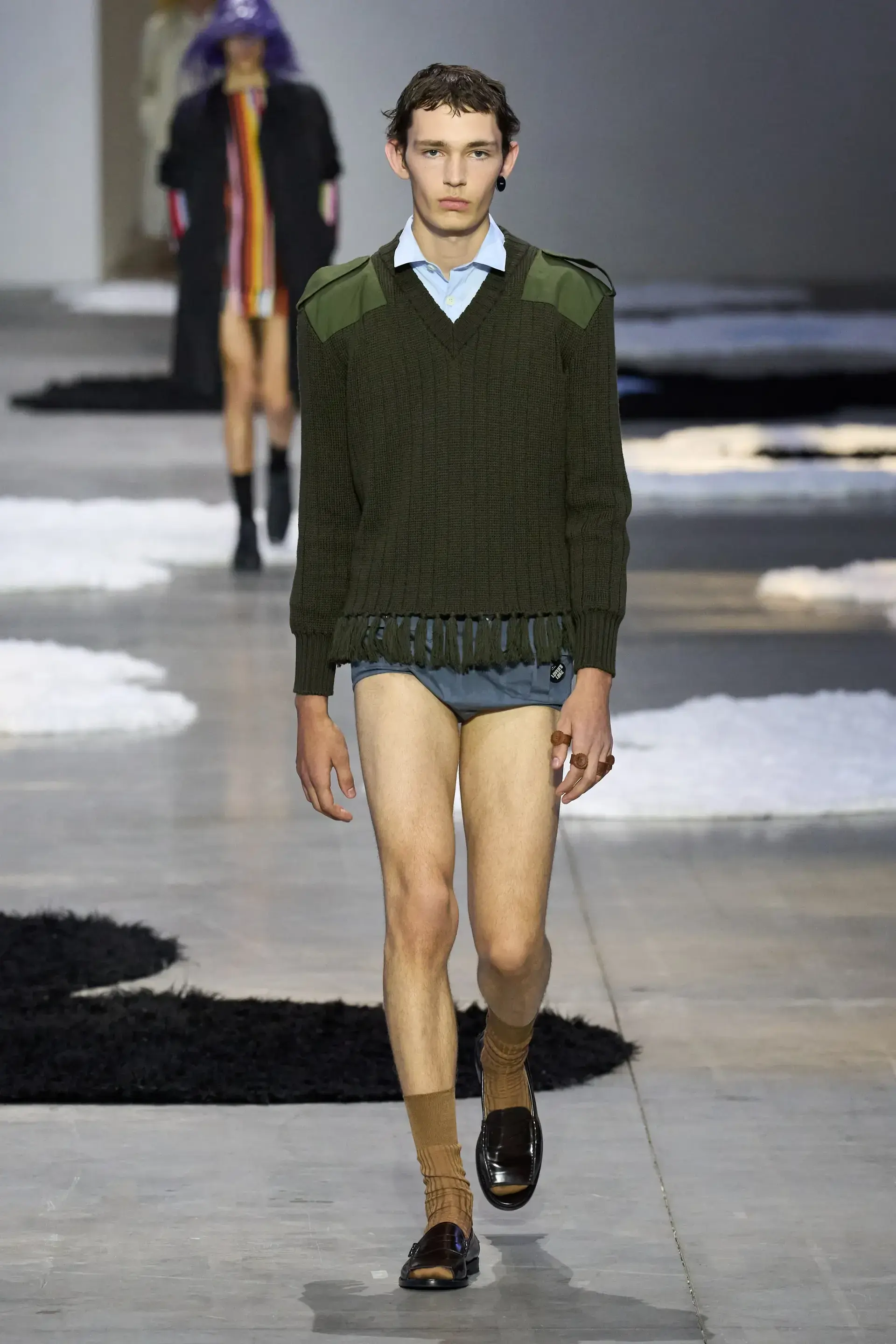

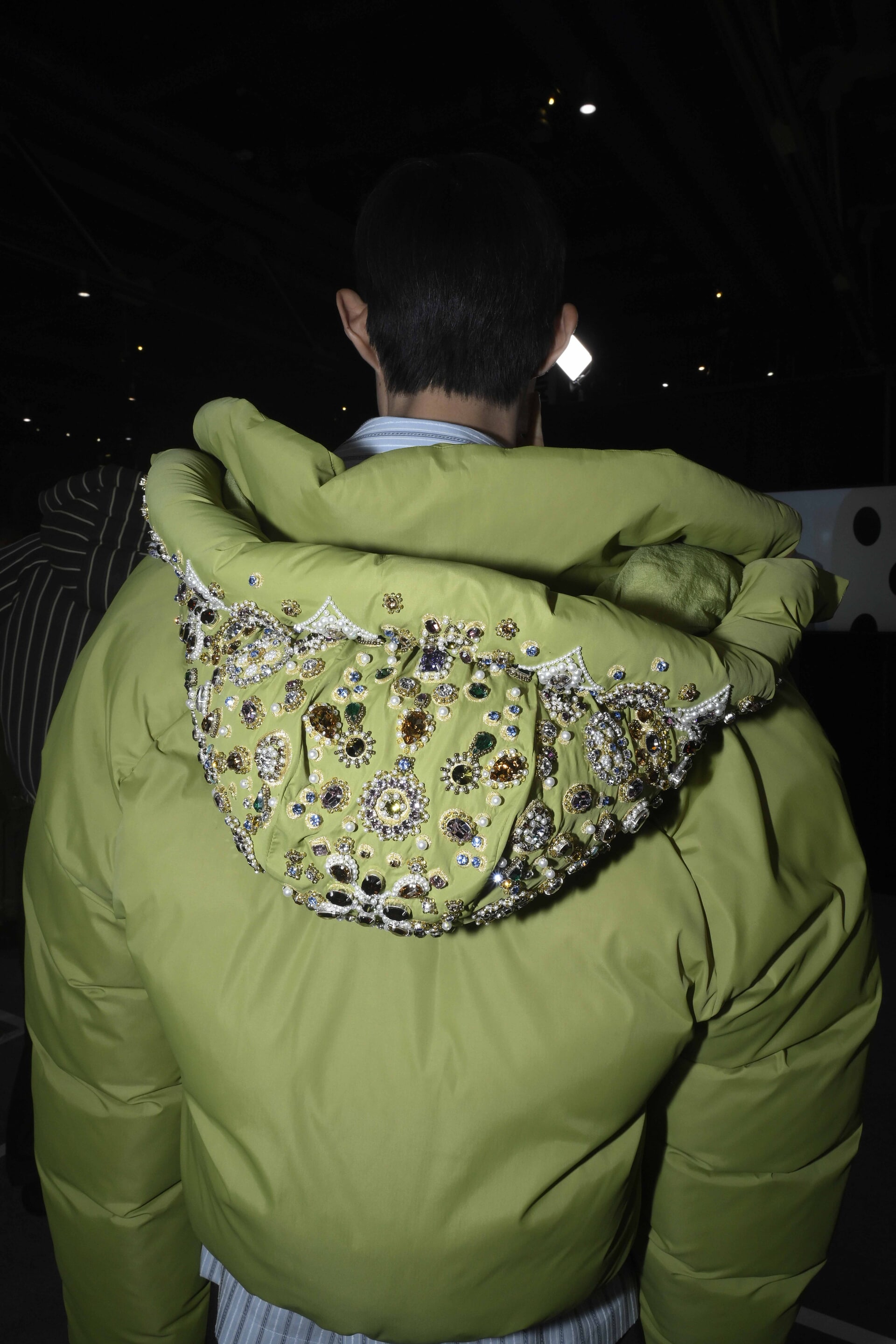
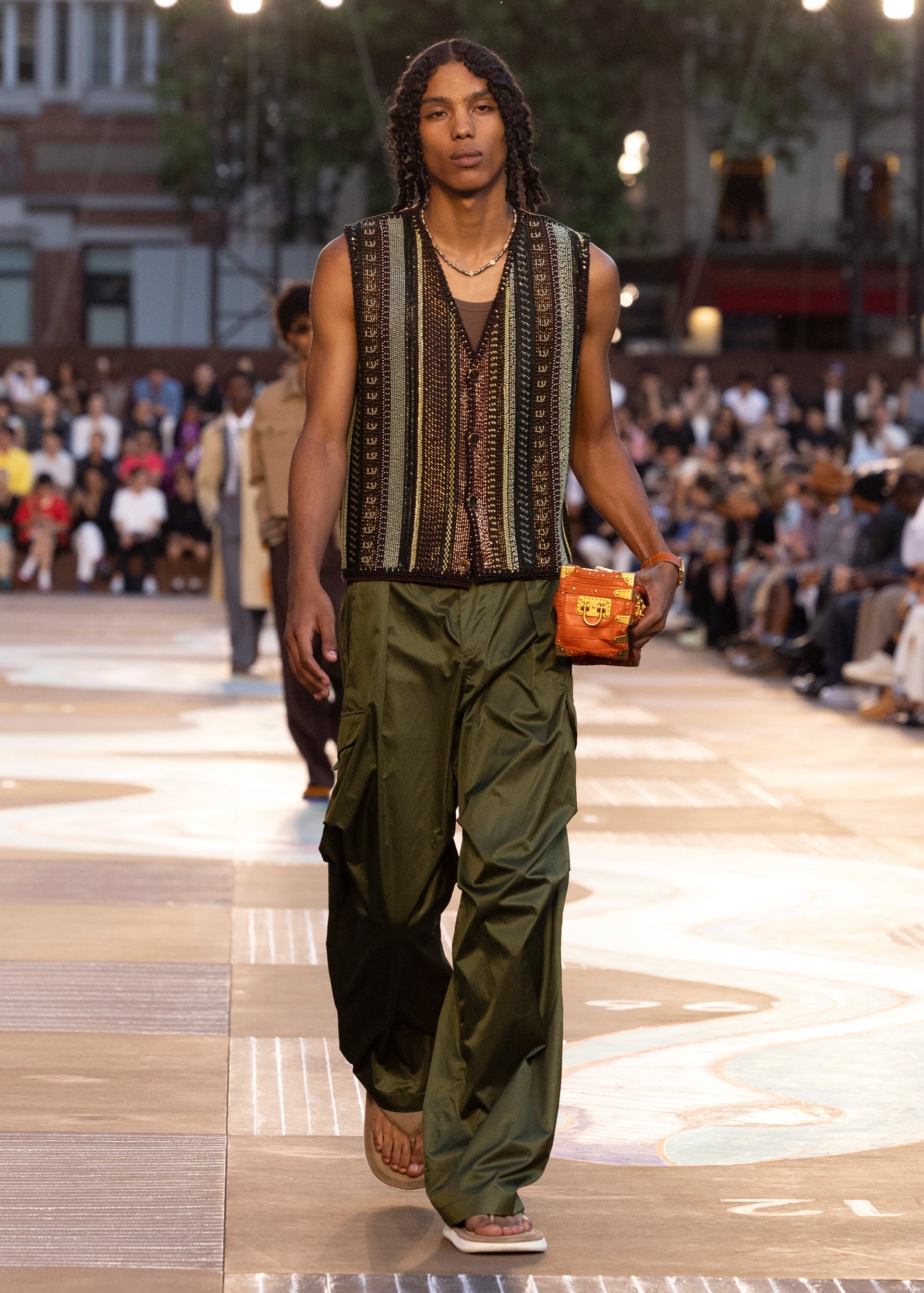
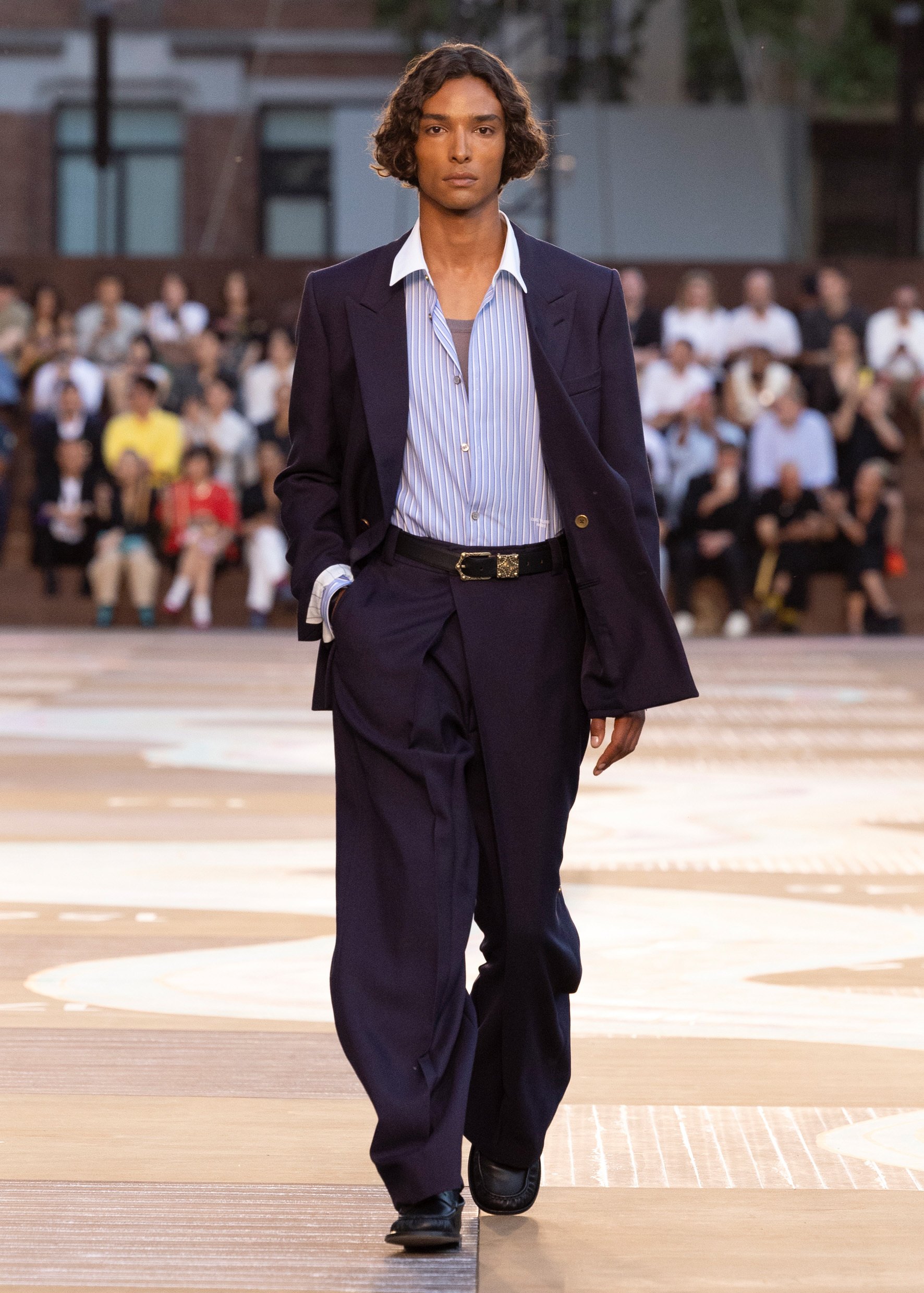
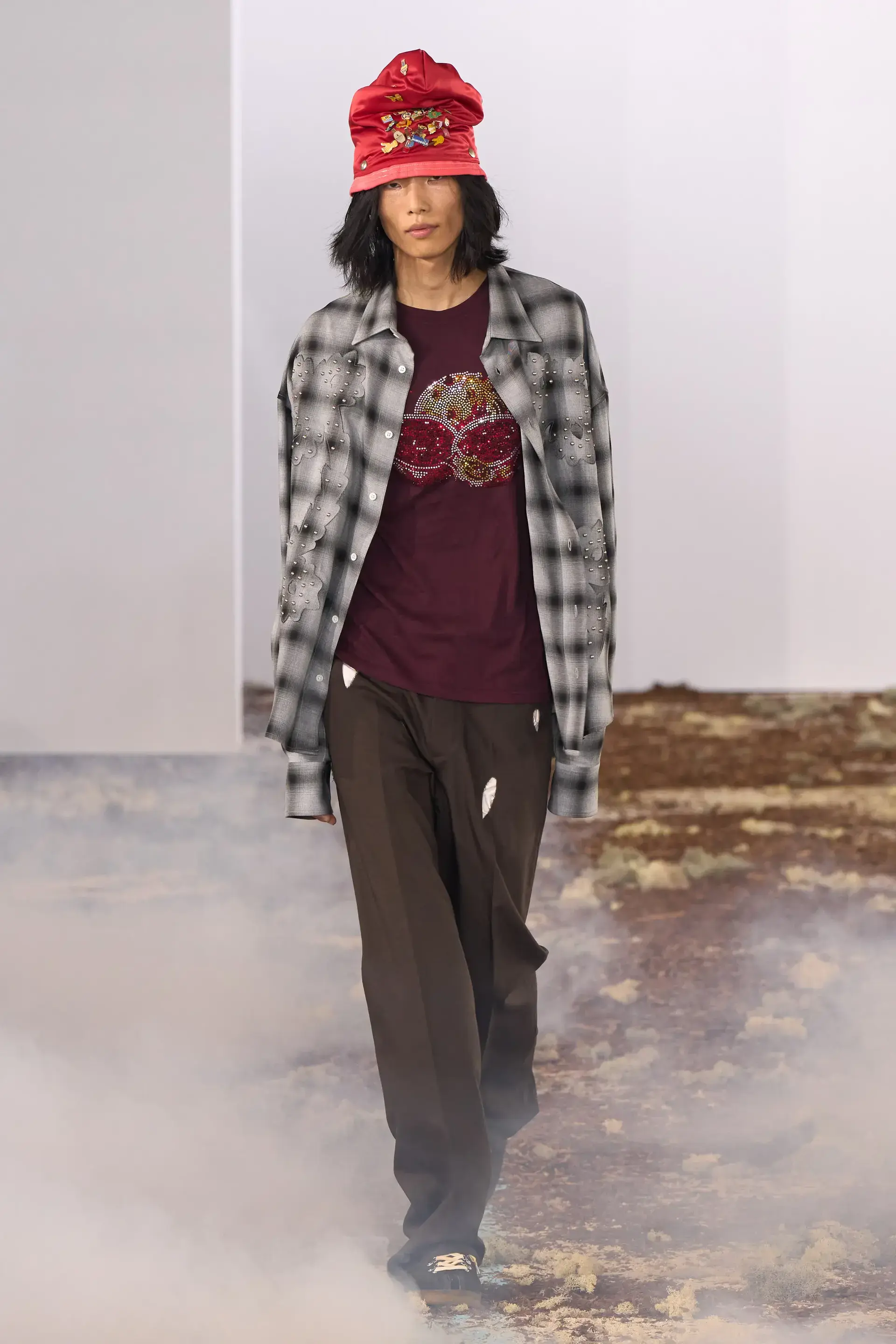
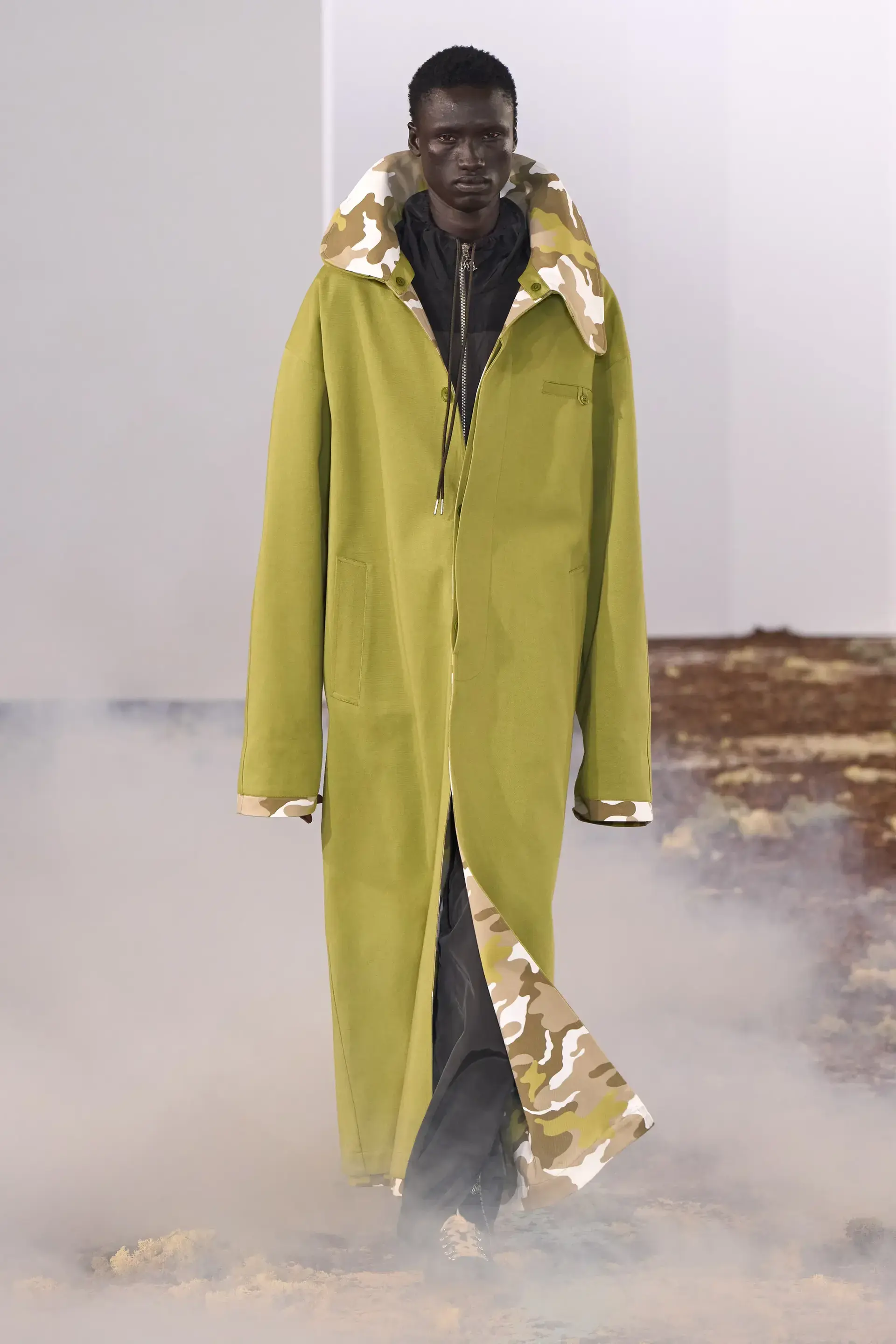

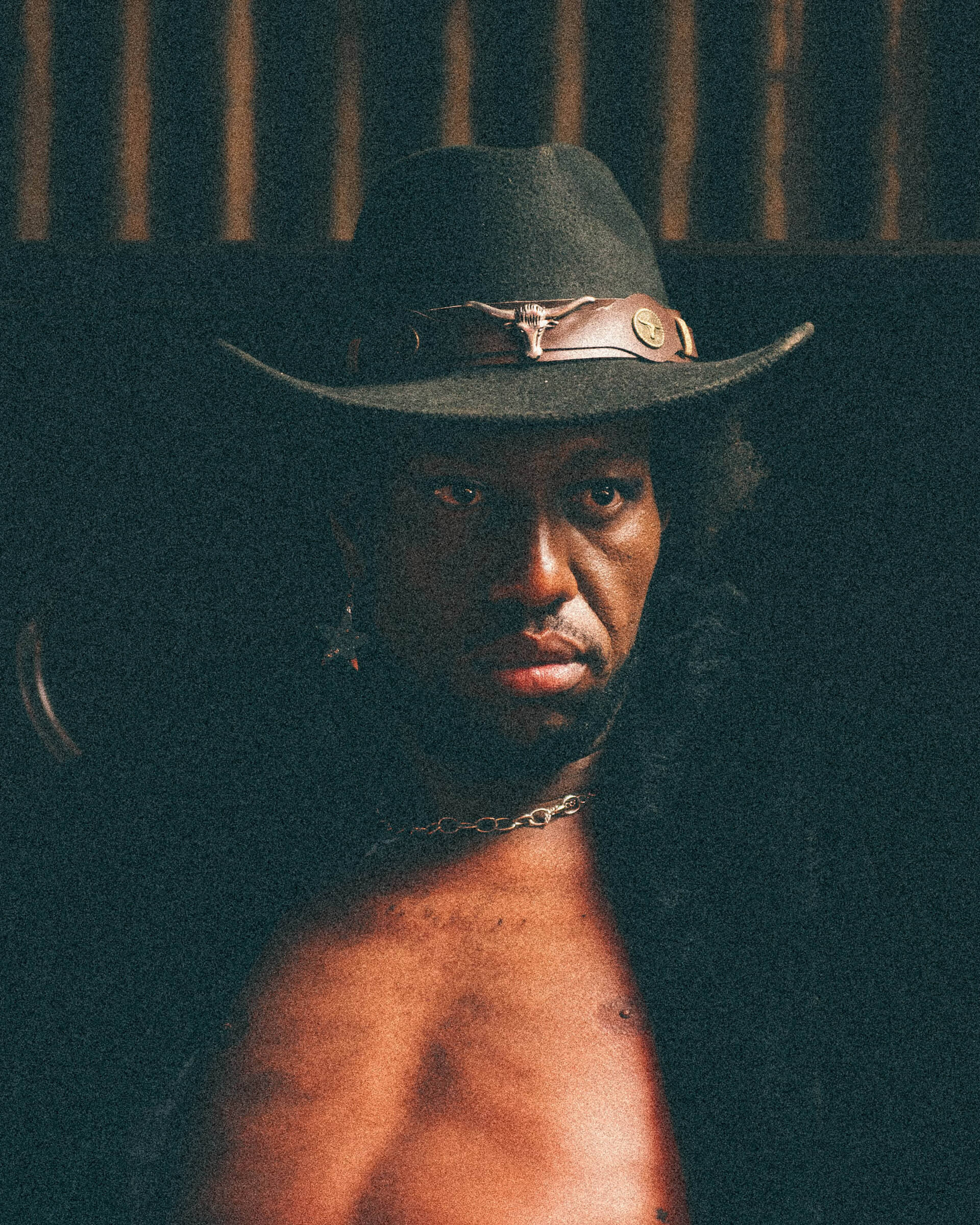


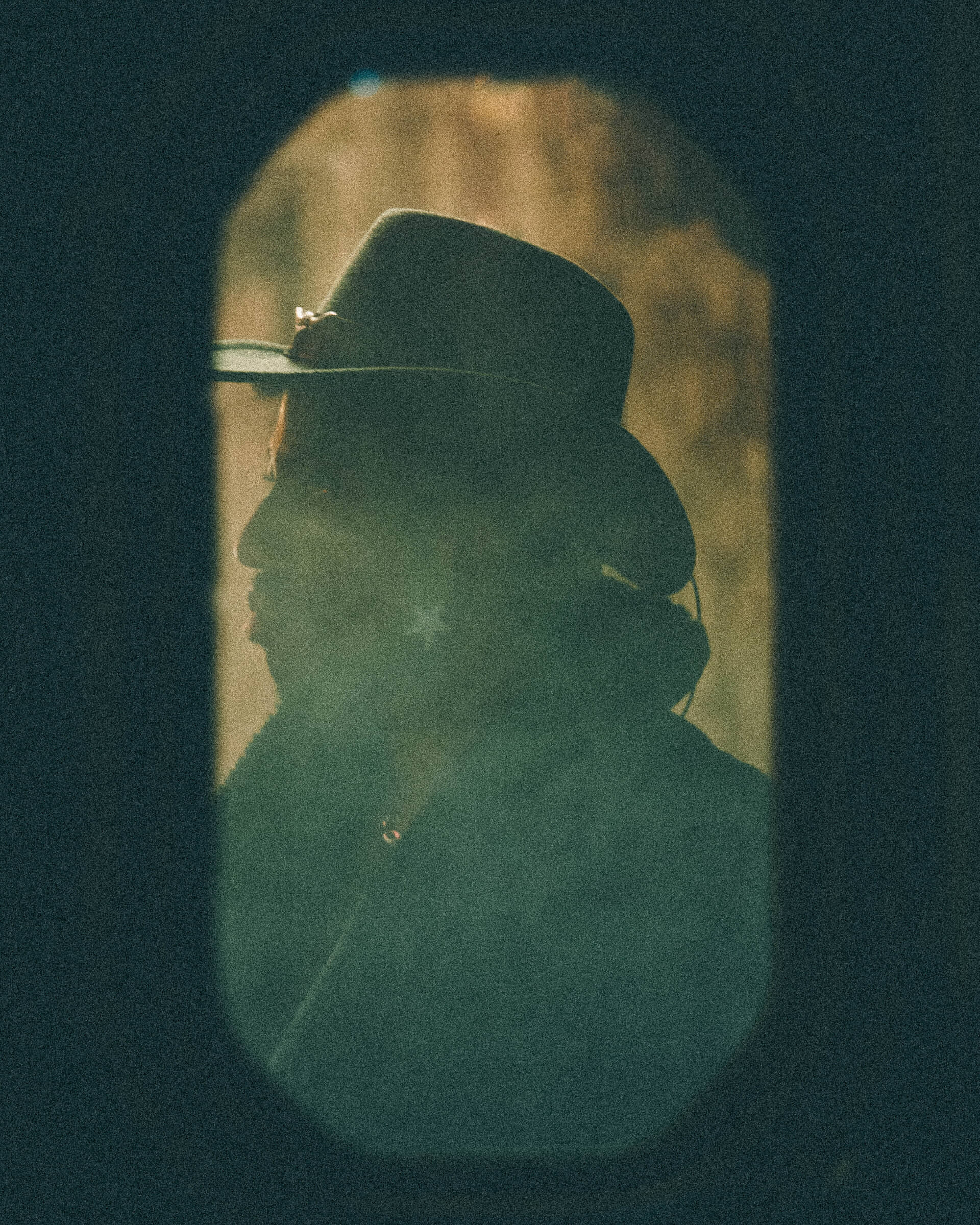

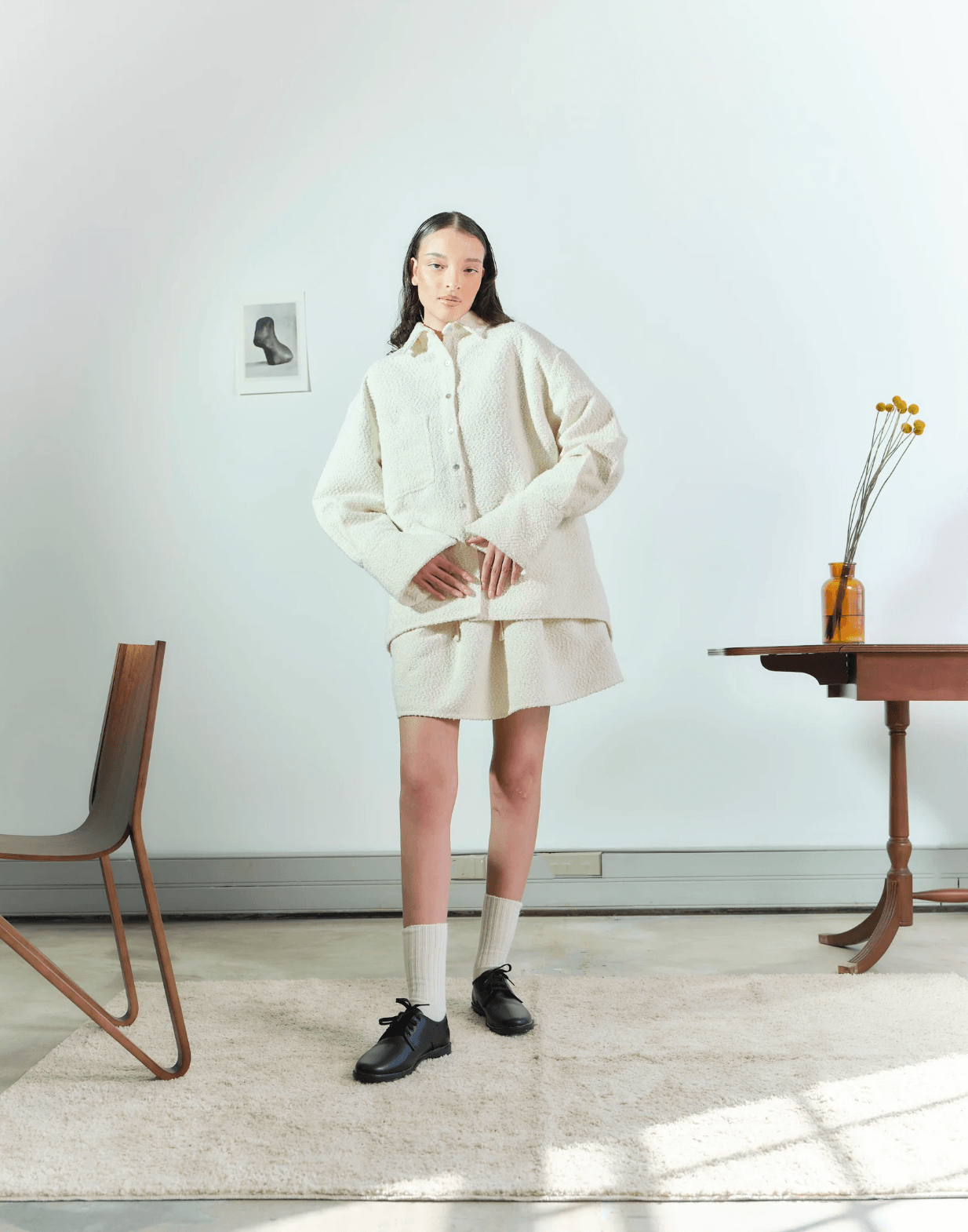
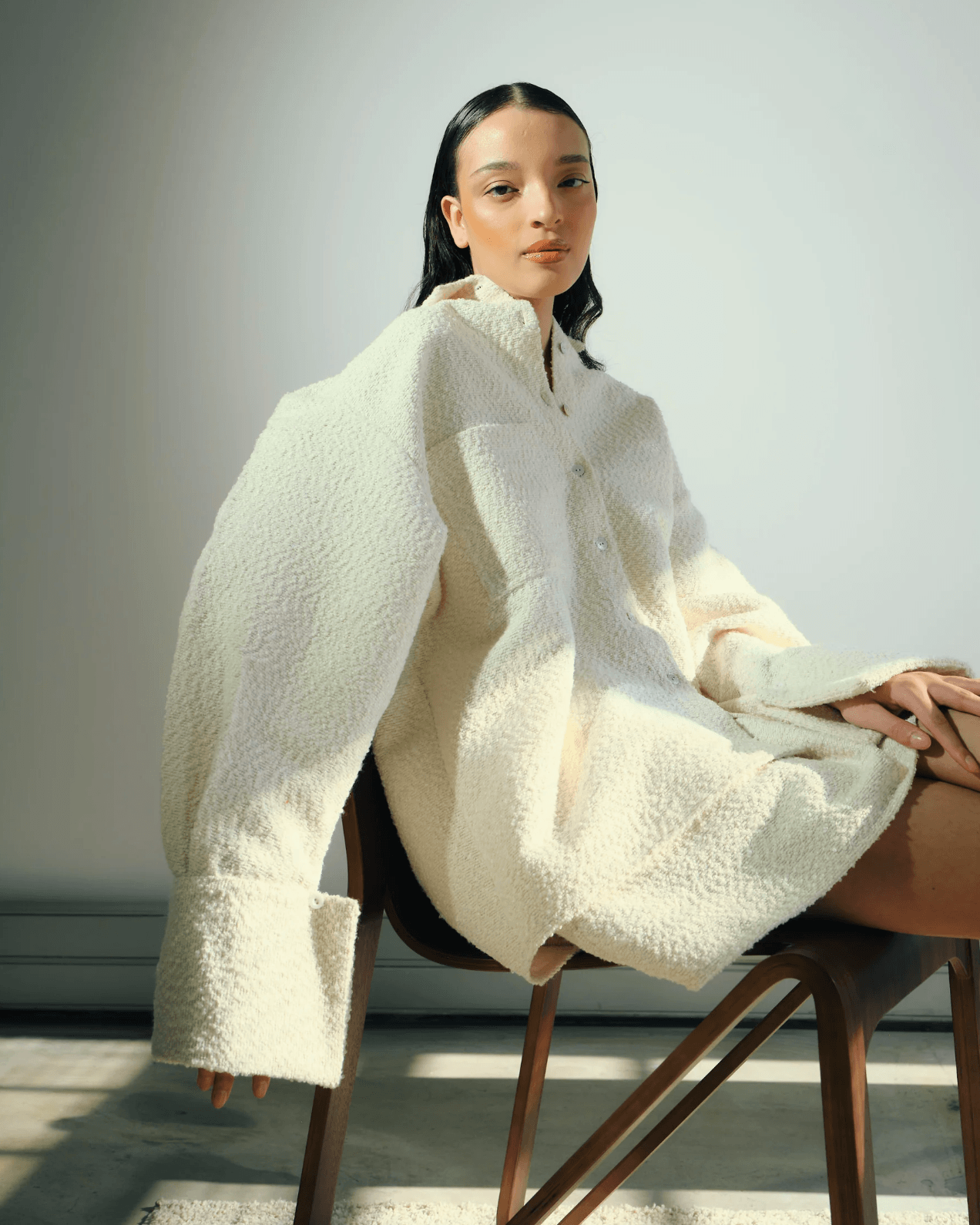
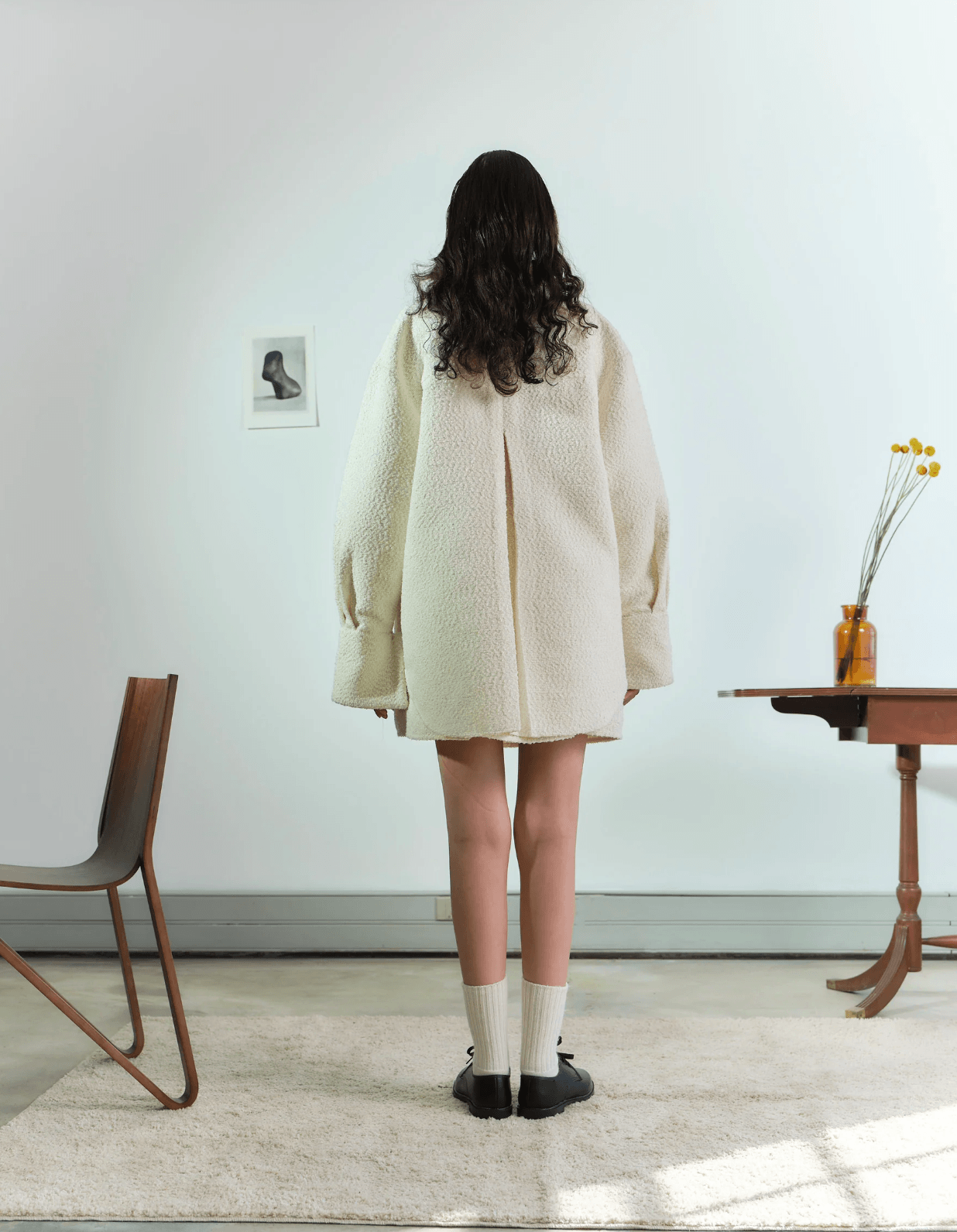
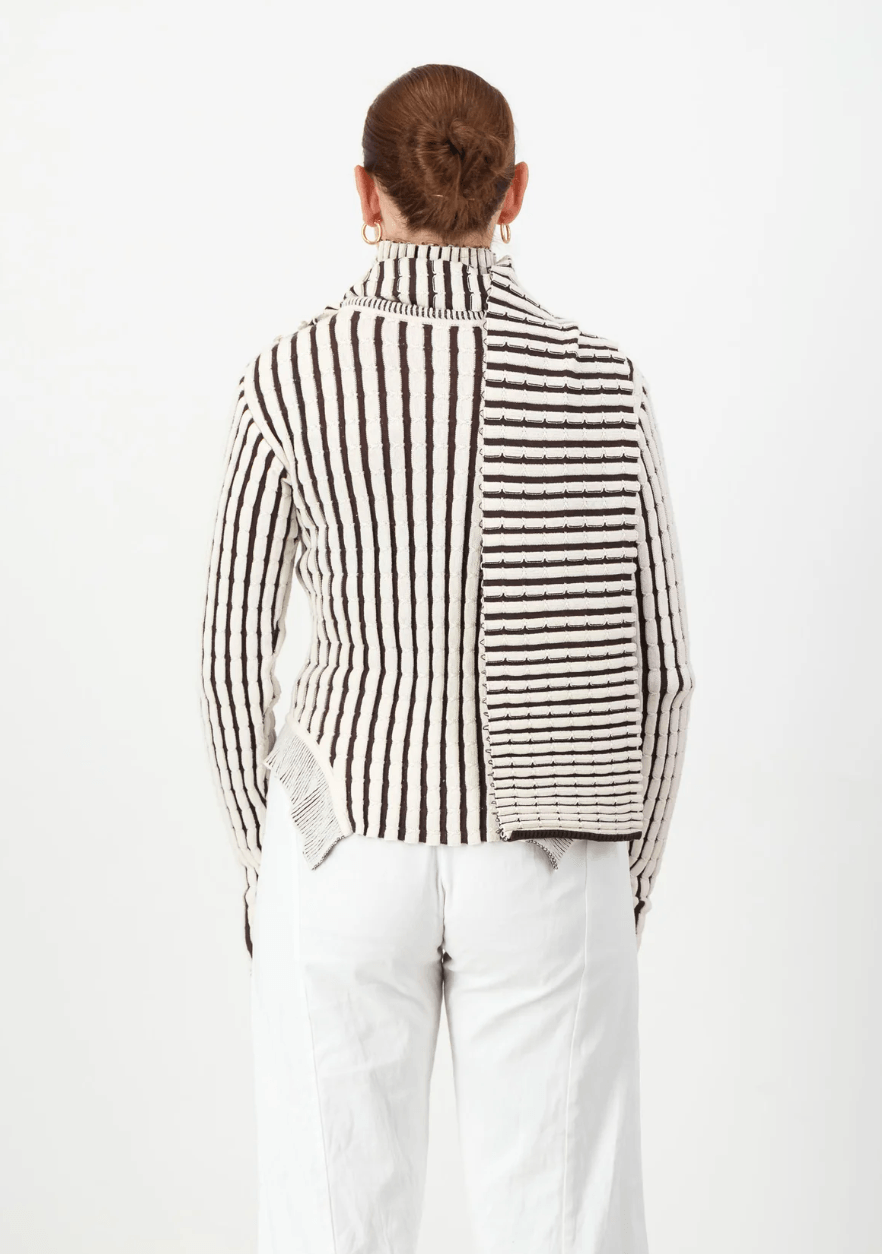
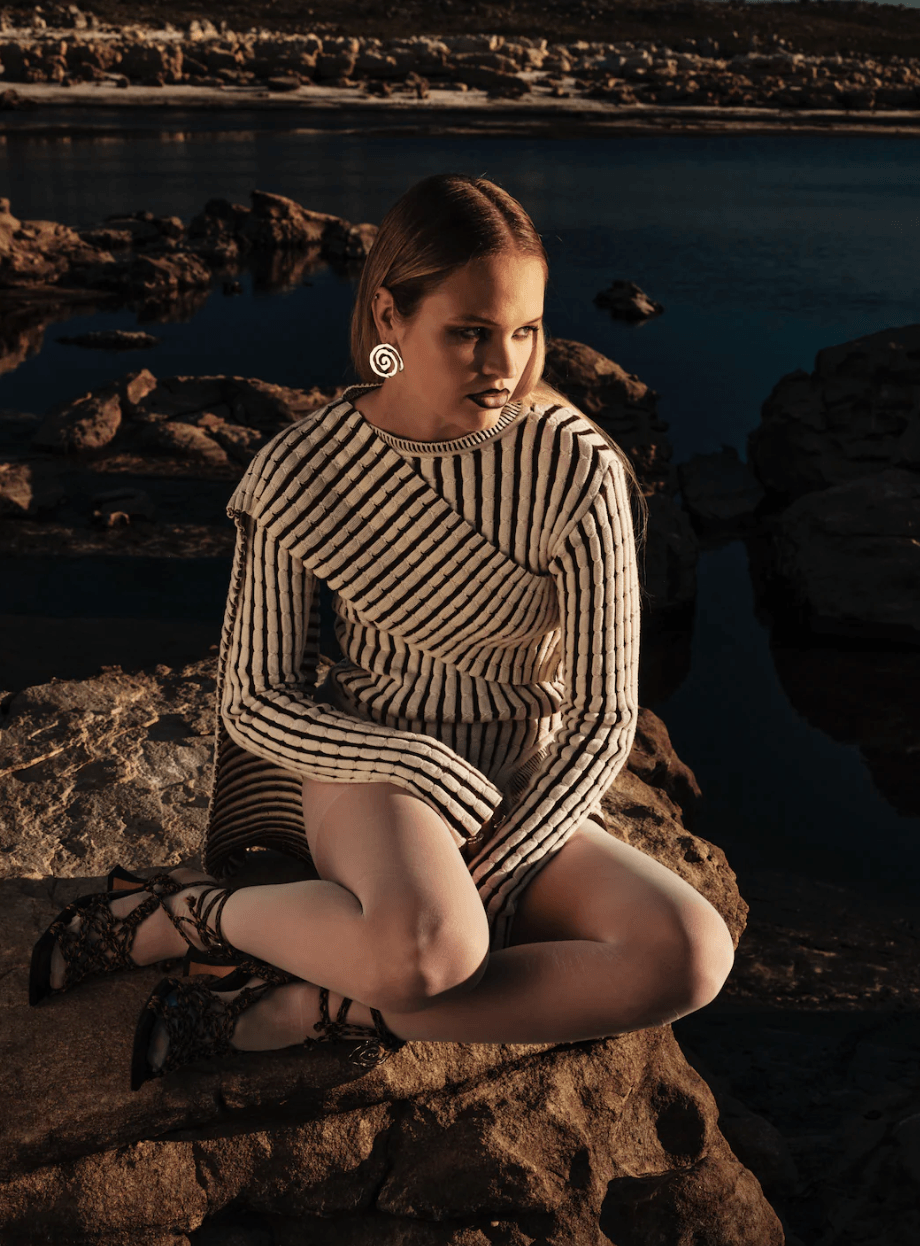


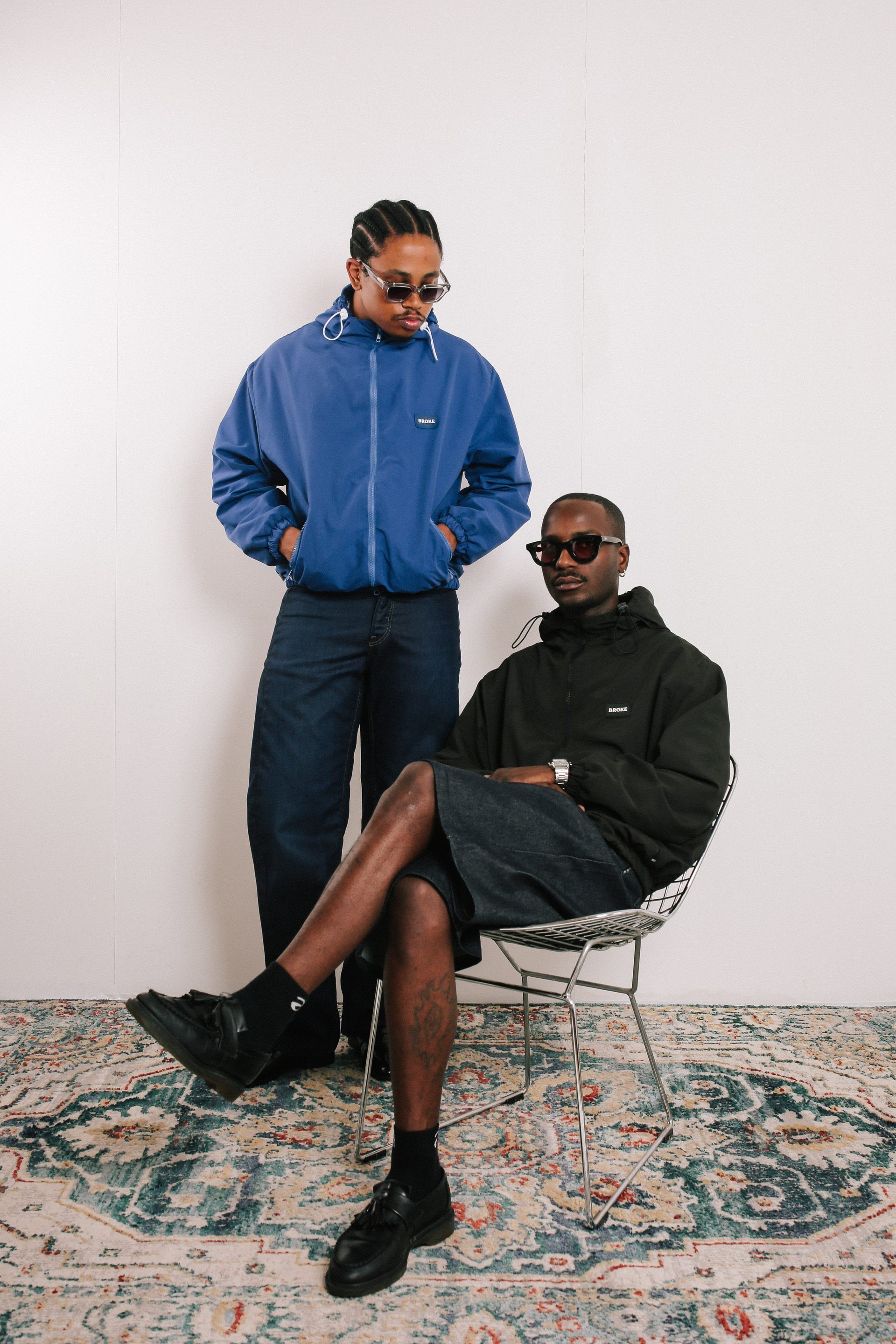
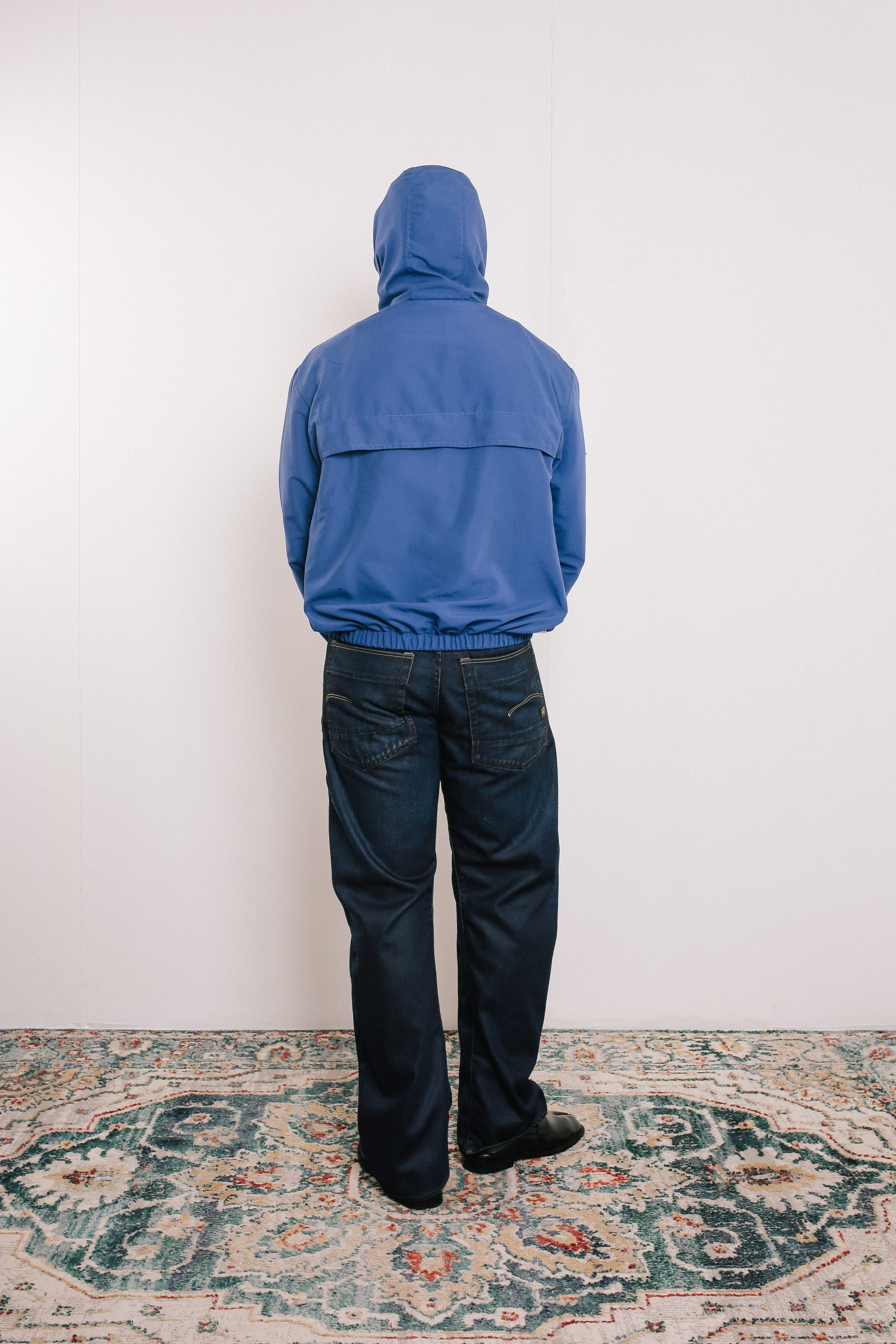

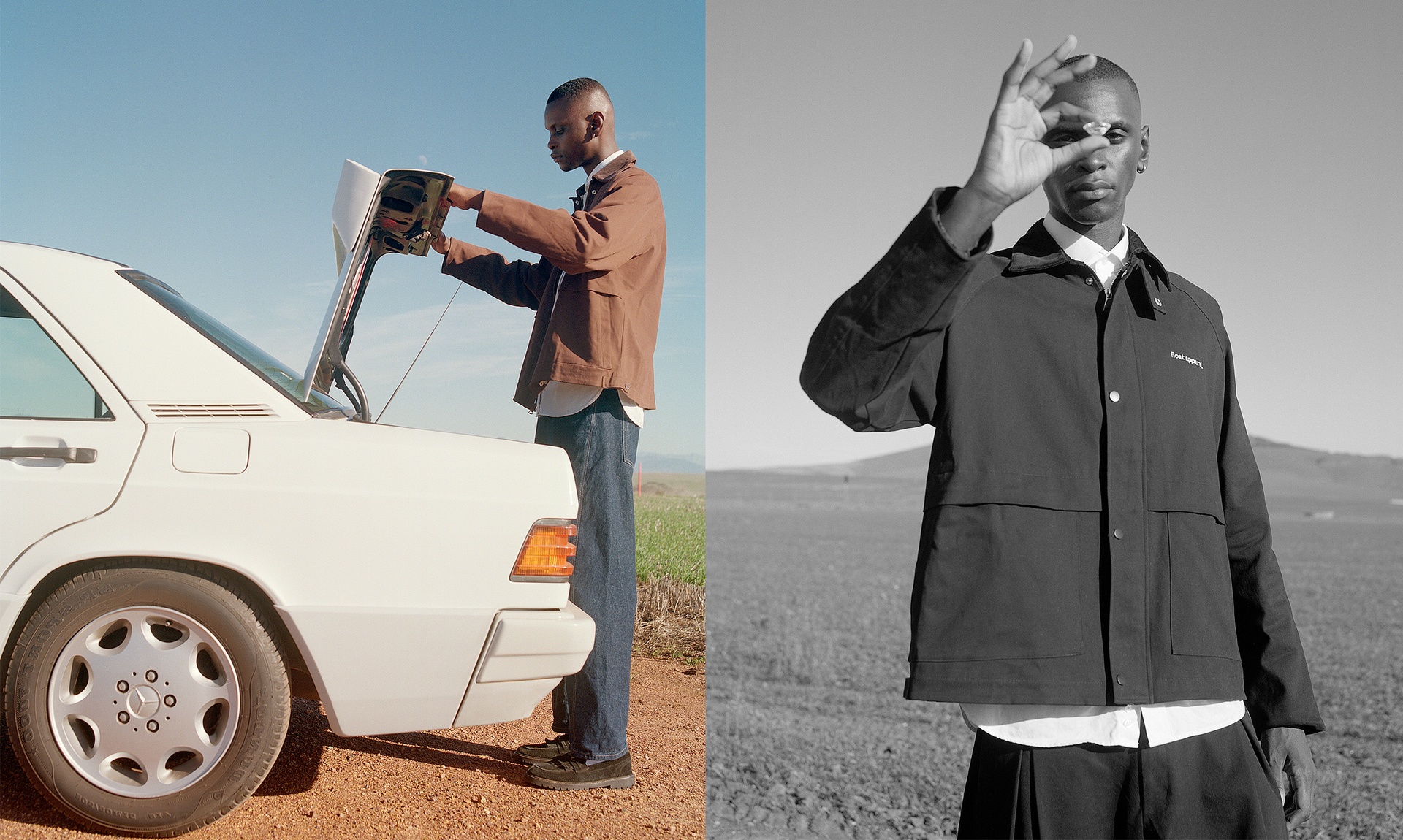

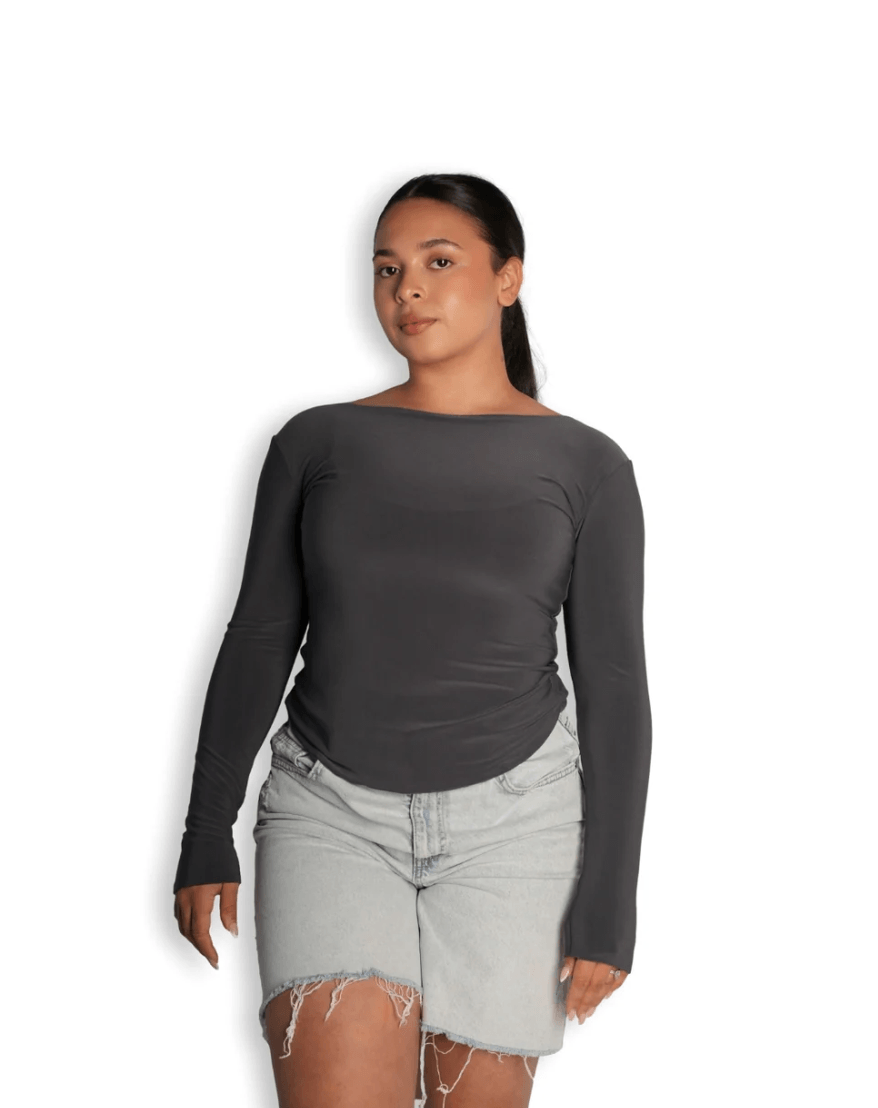


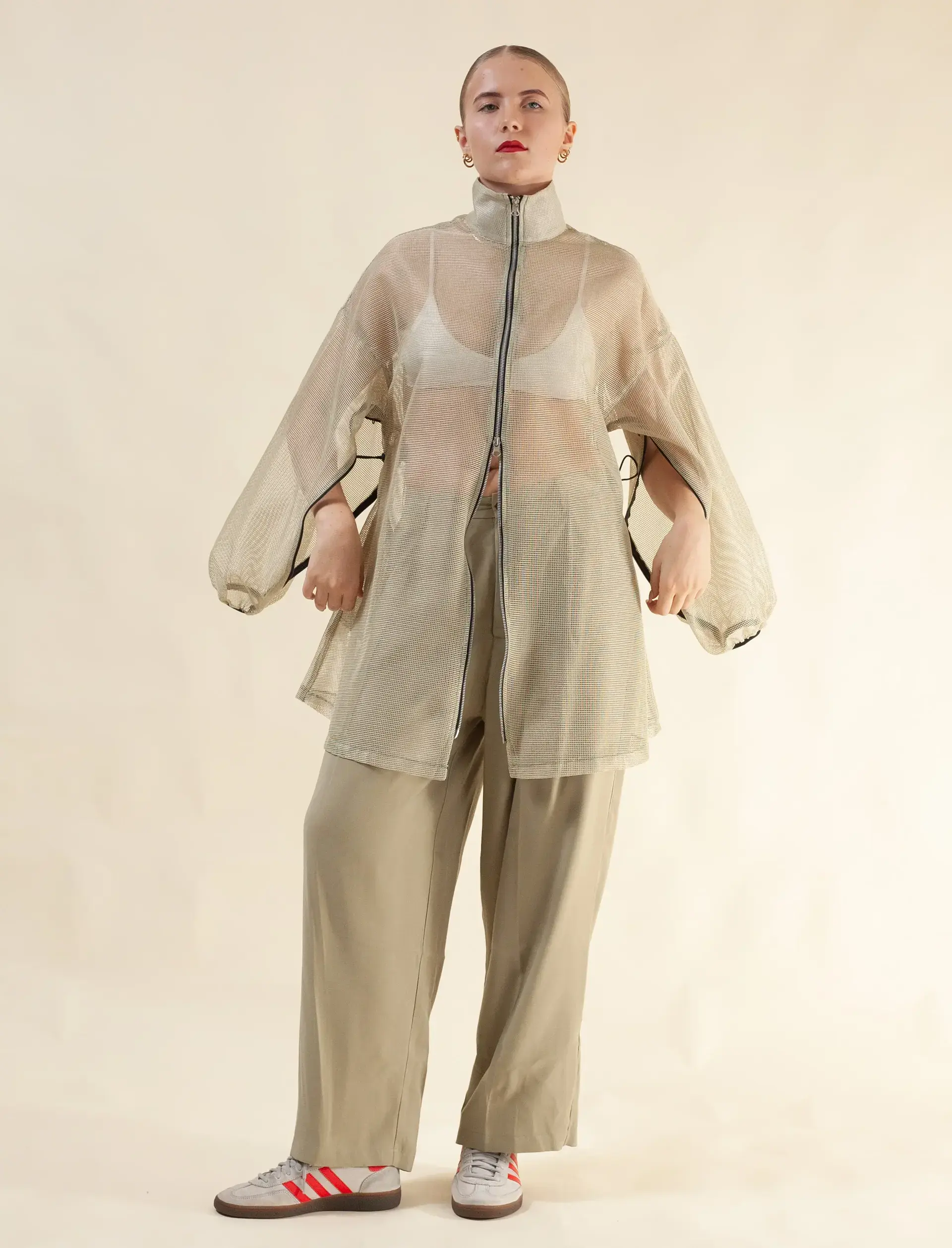
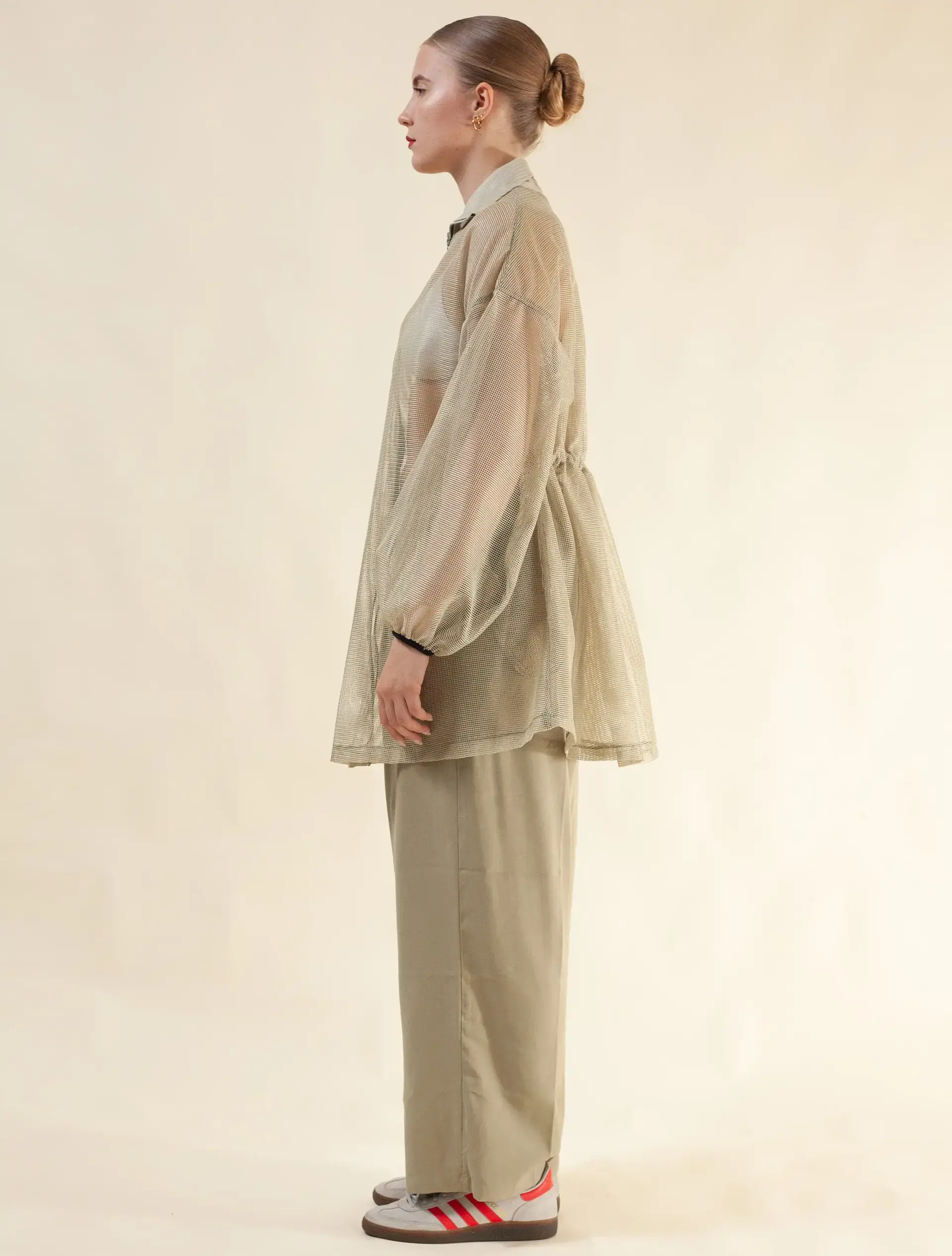
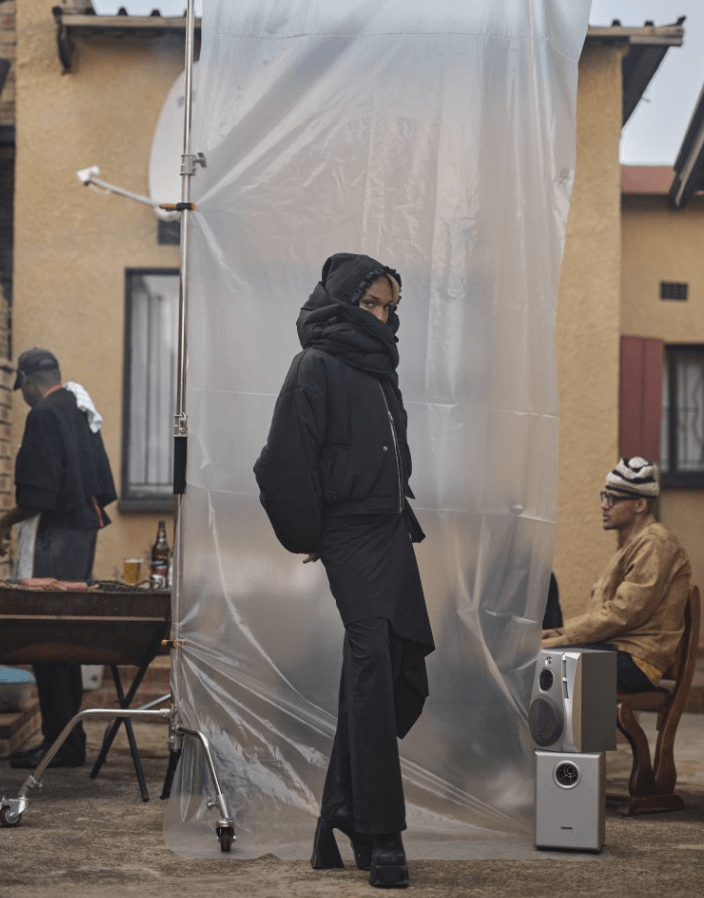
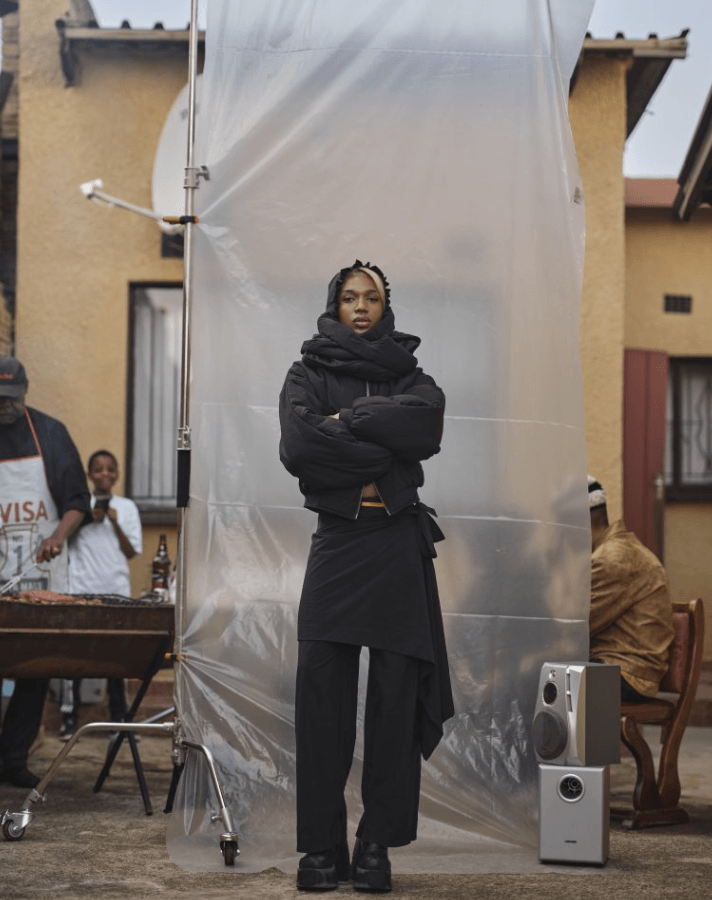
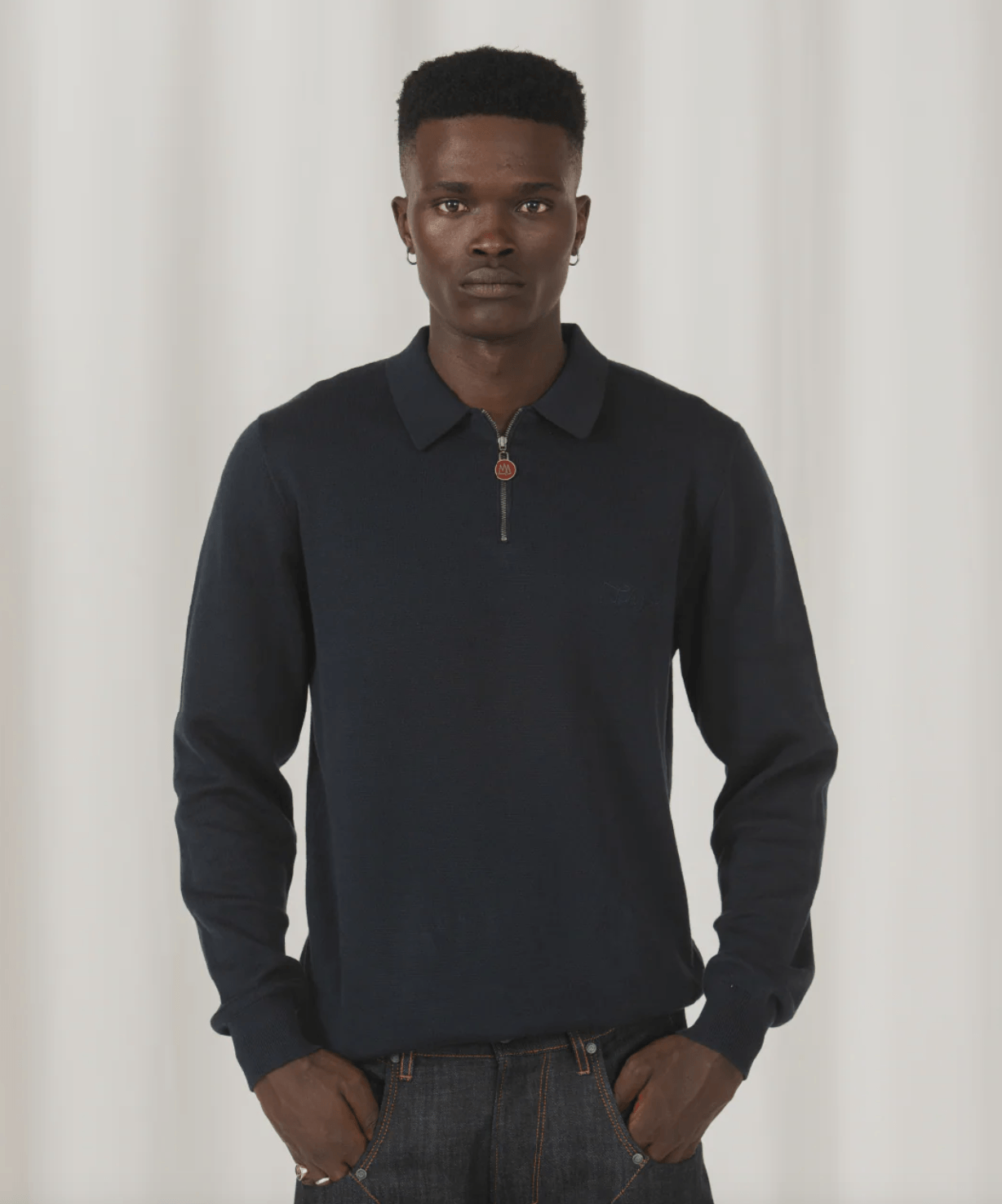
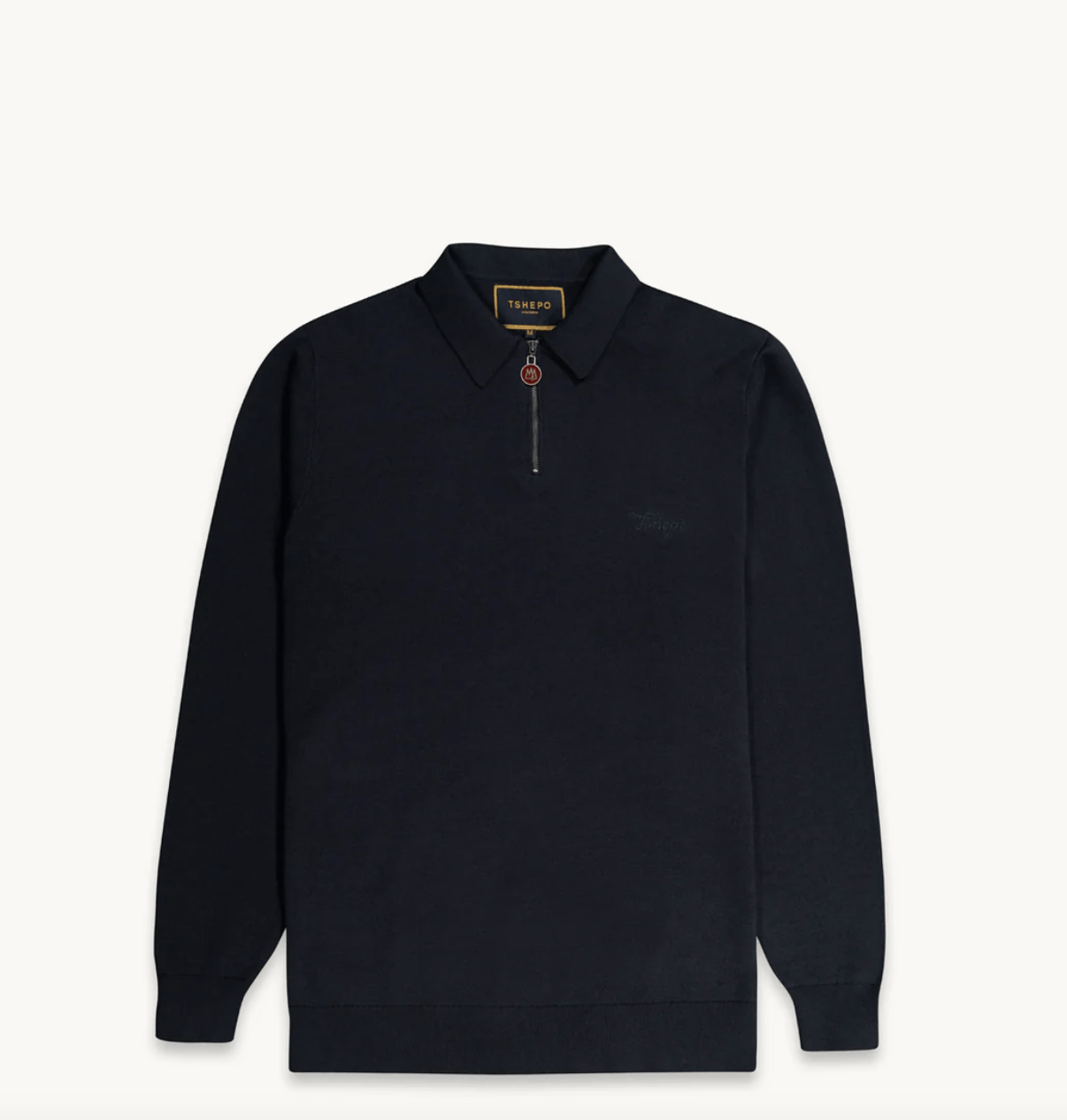
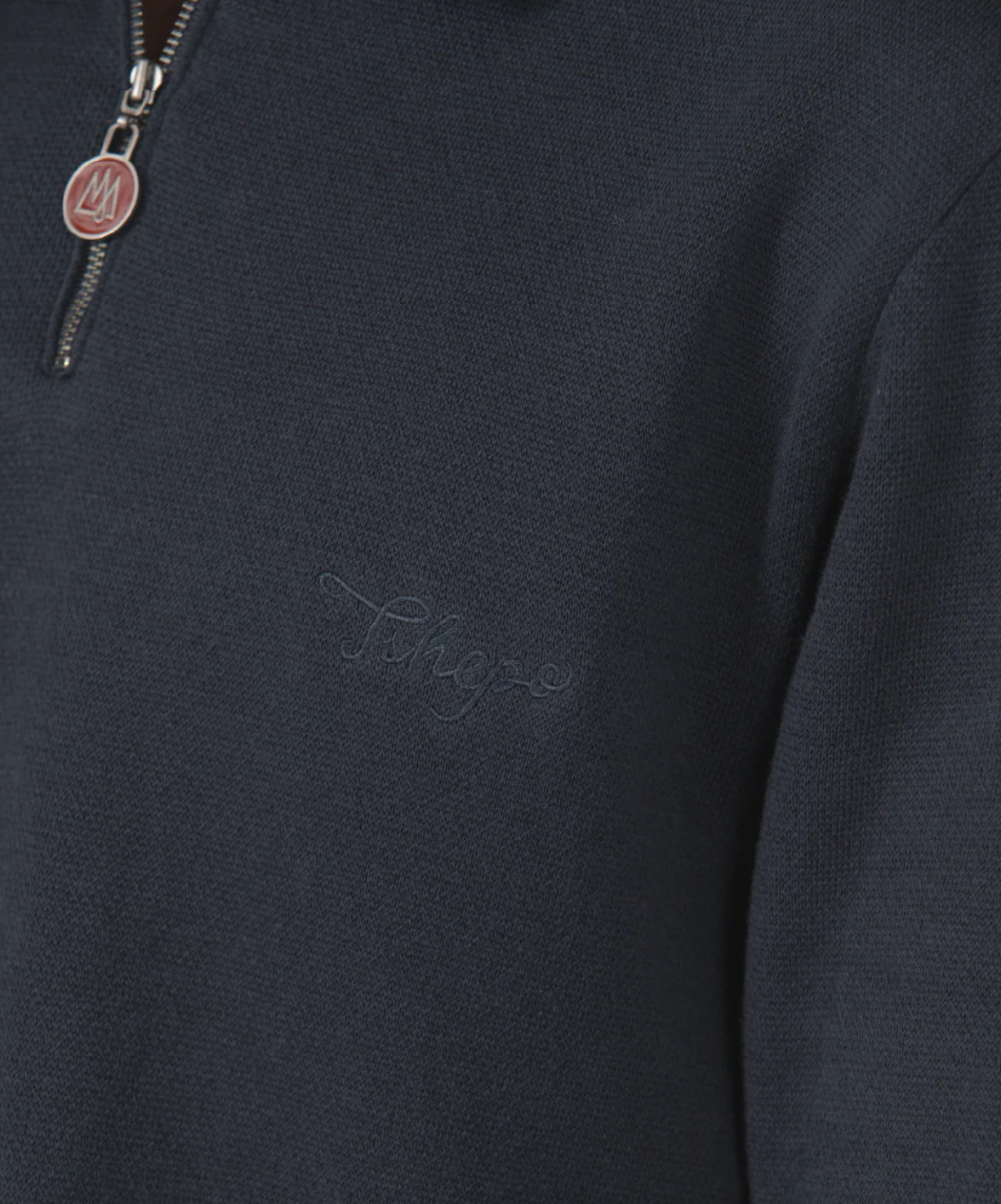

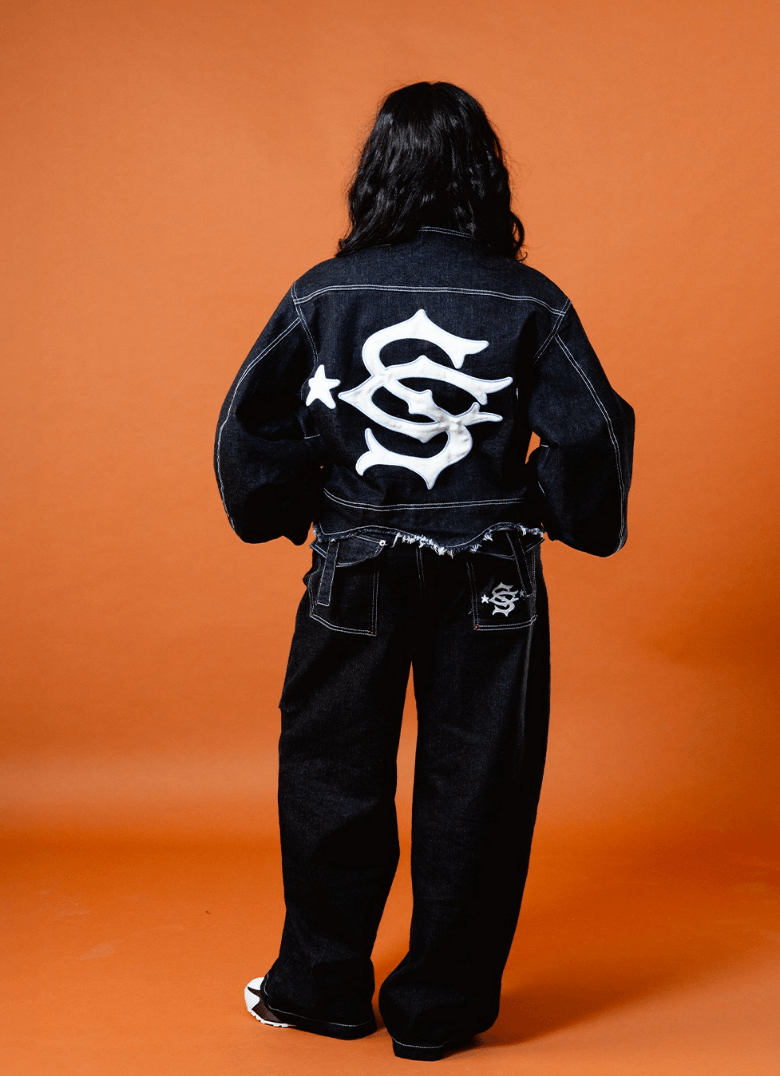
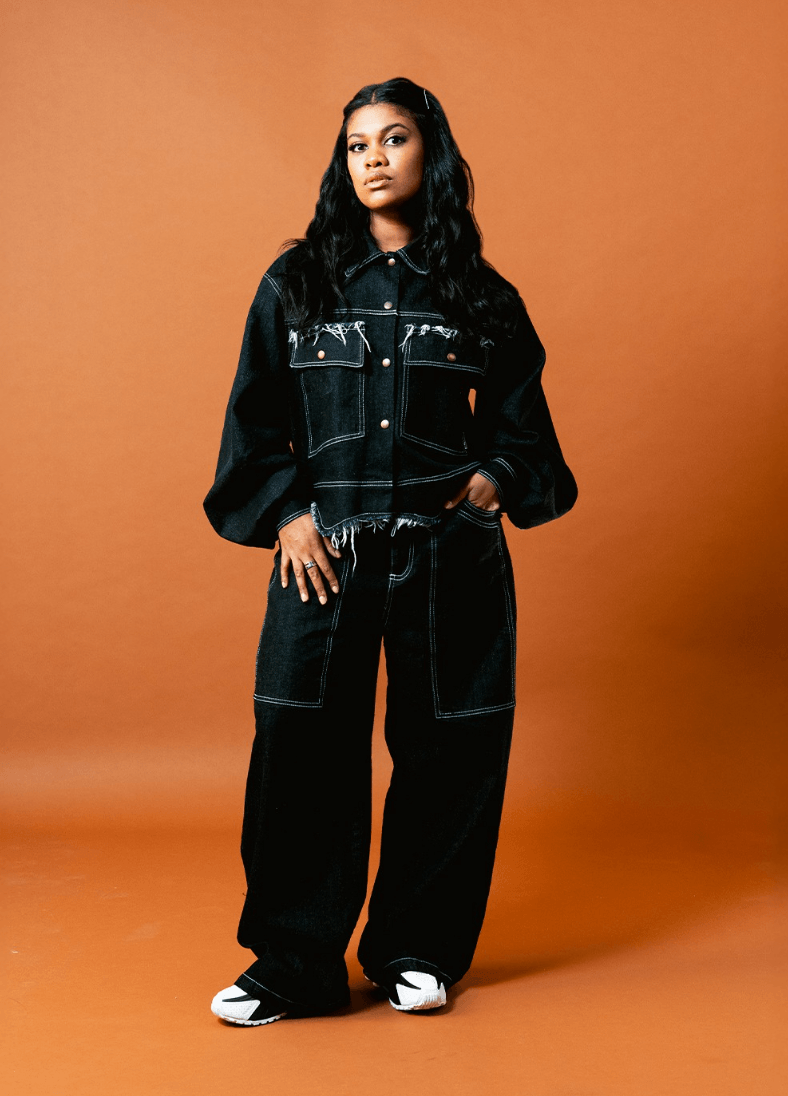
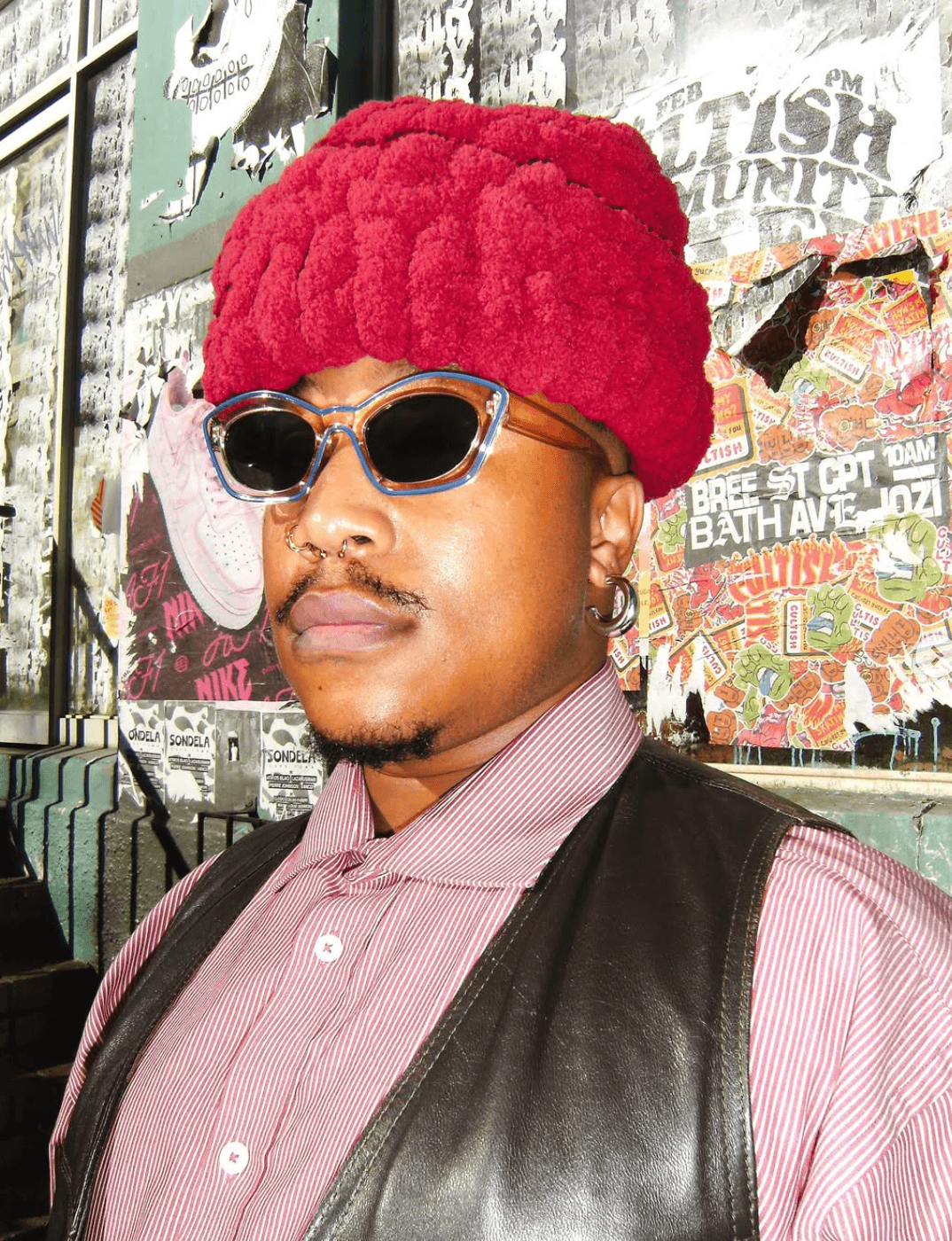

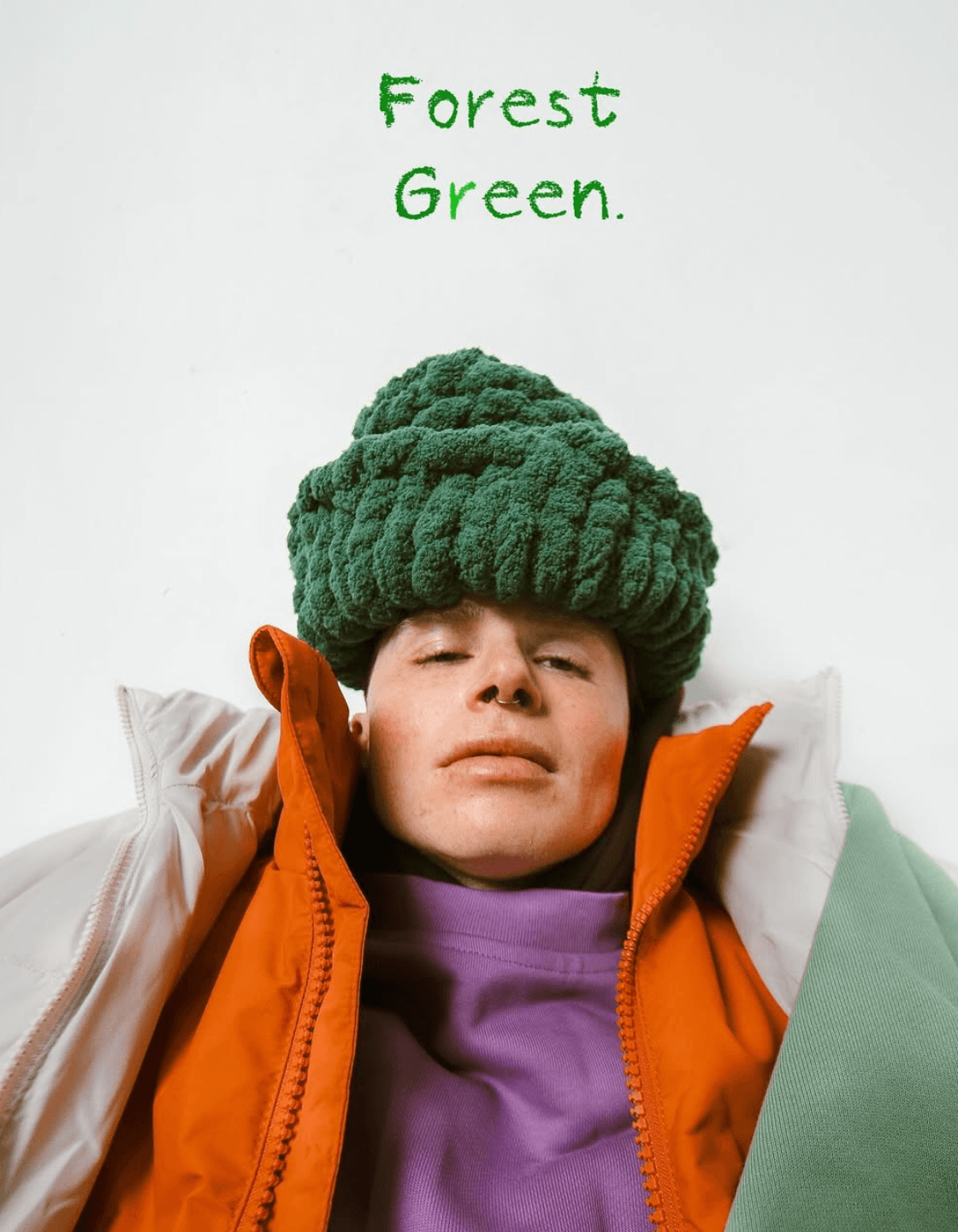
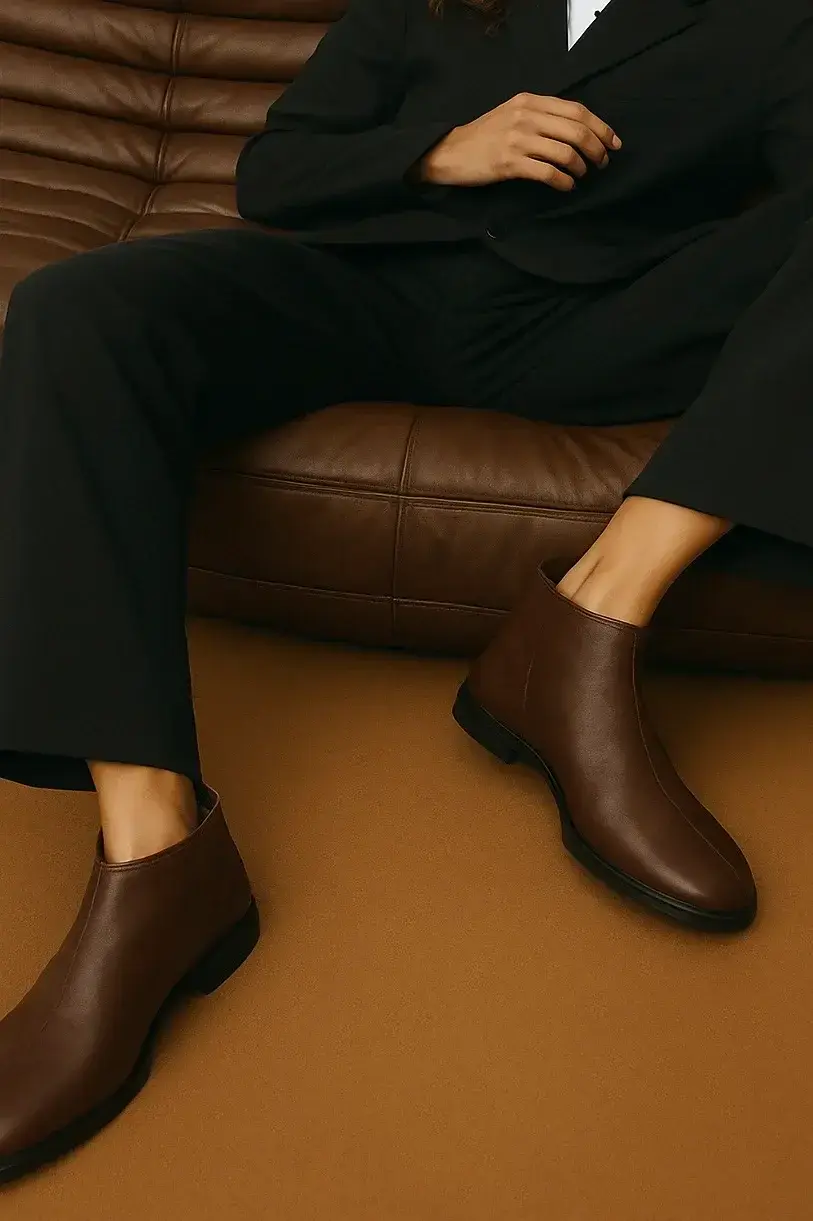
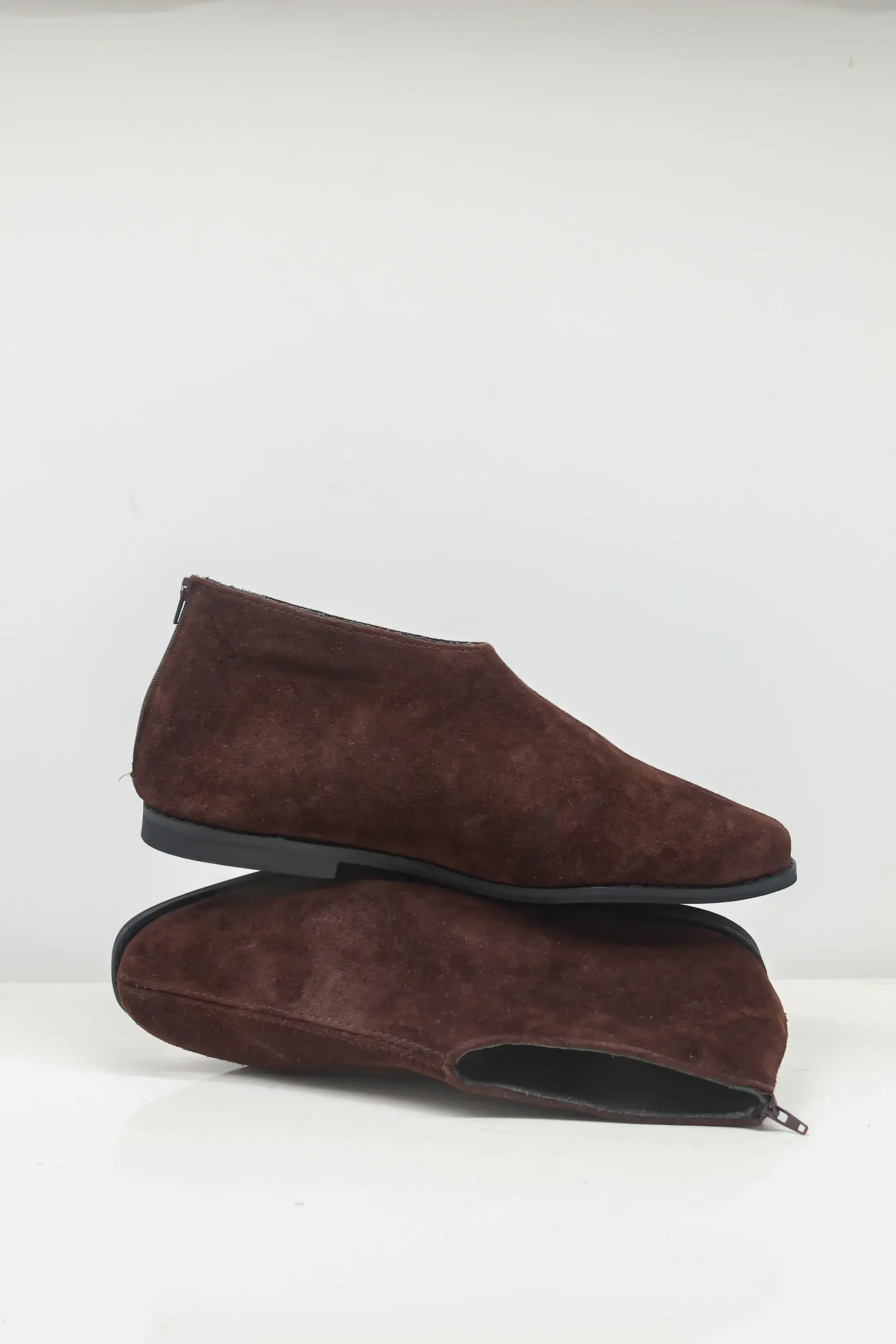
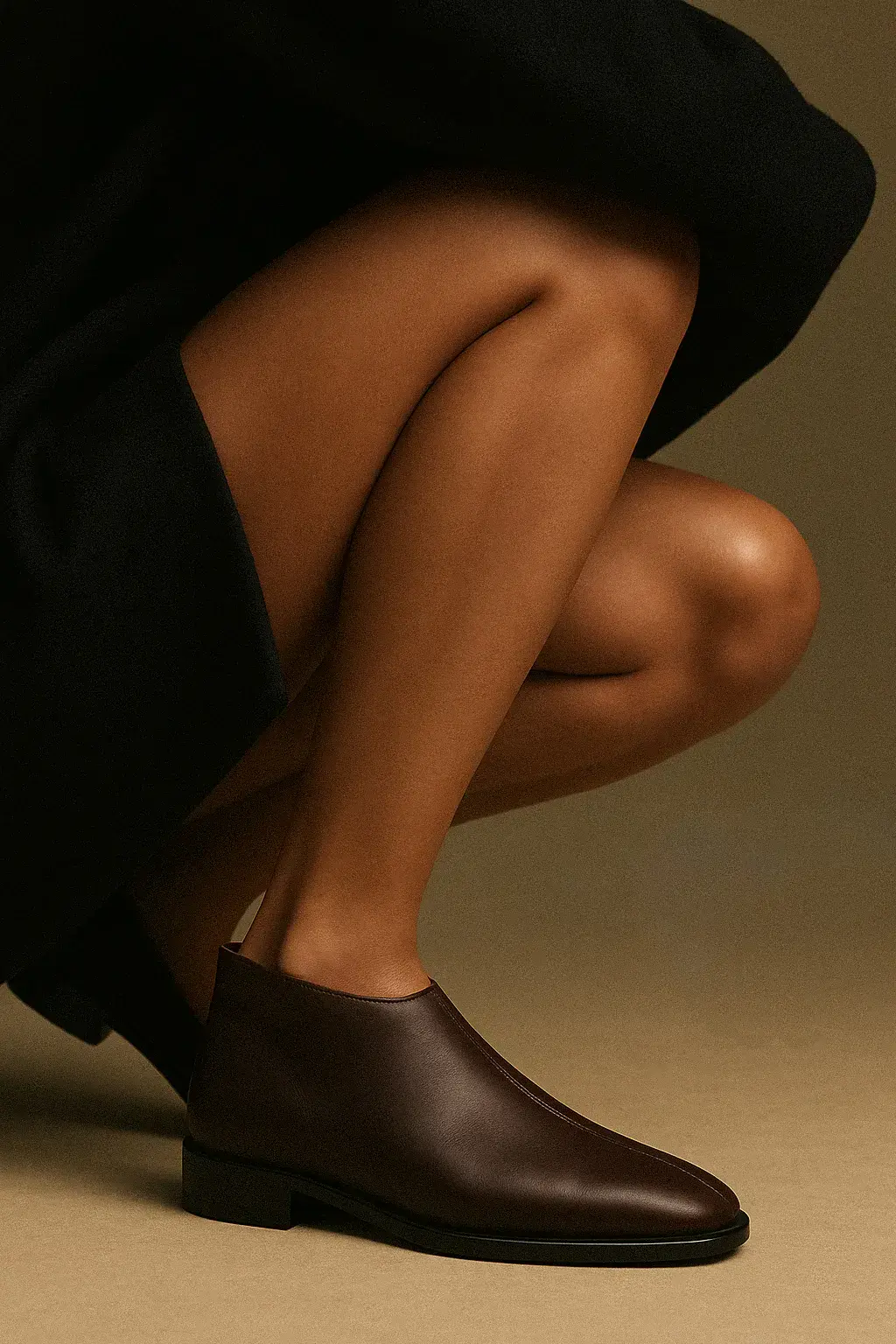
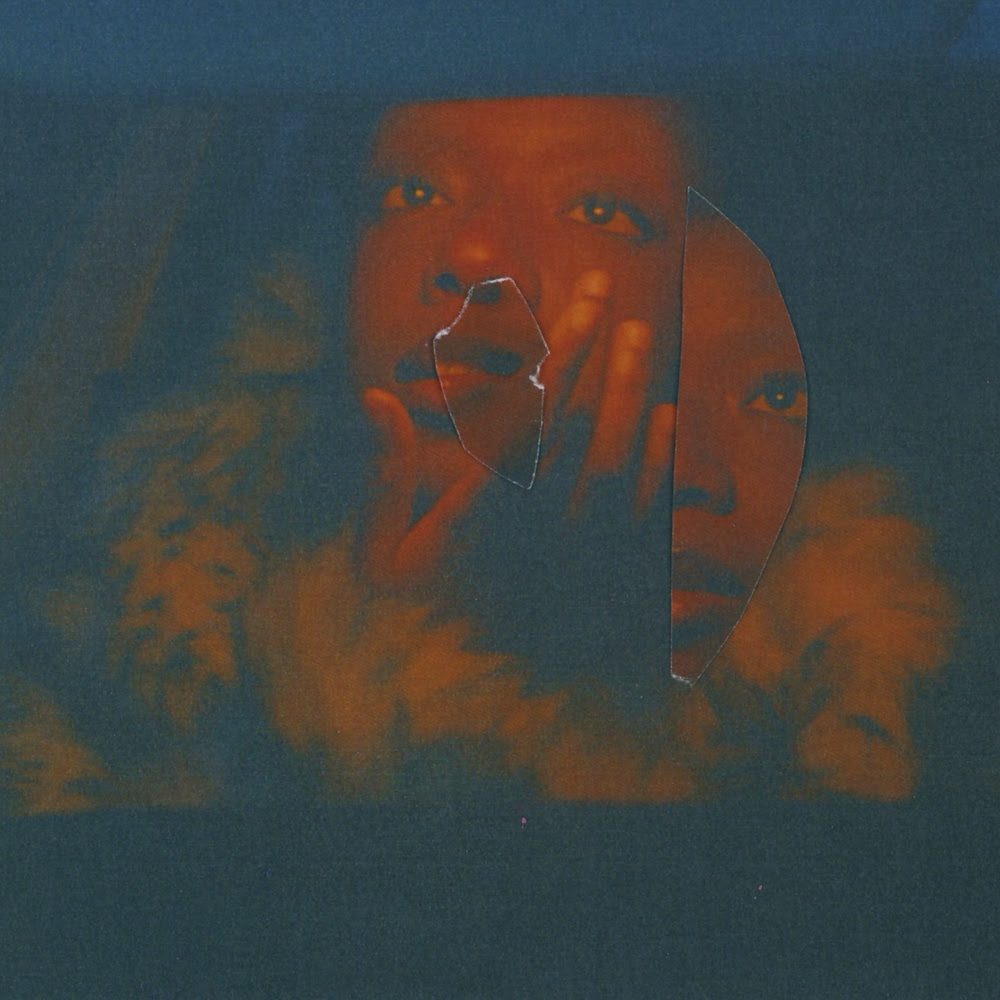

Recent Comments